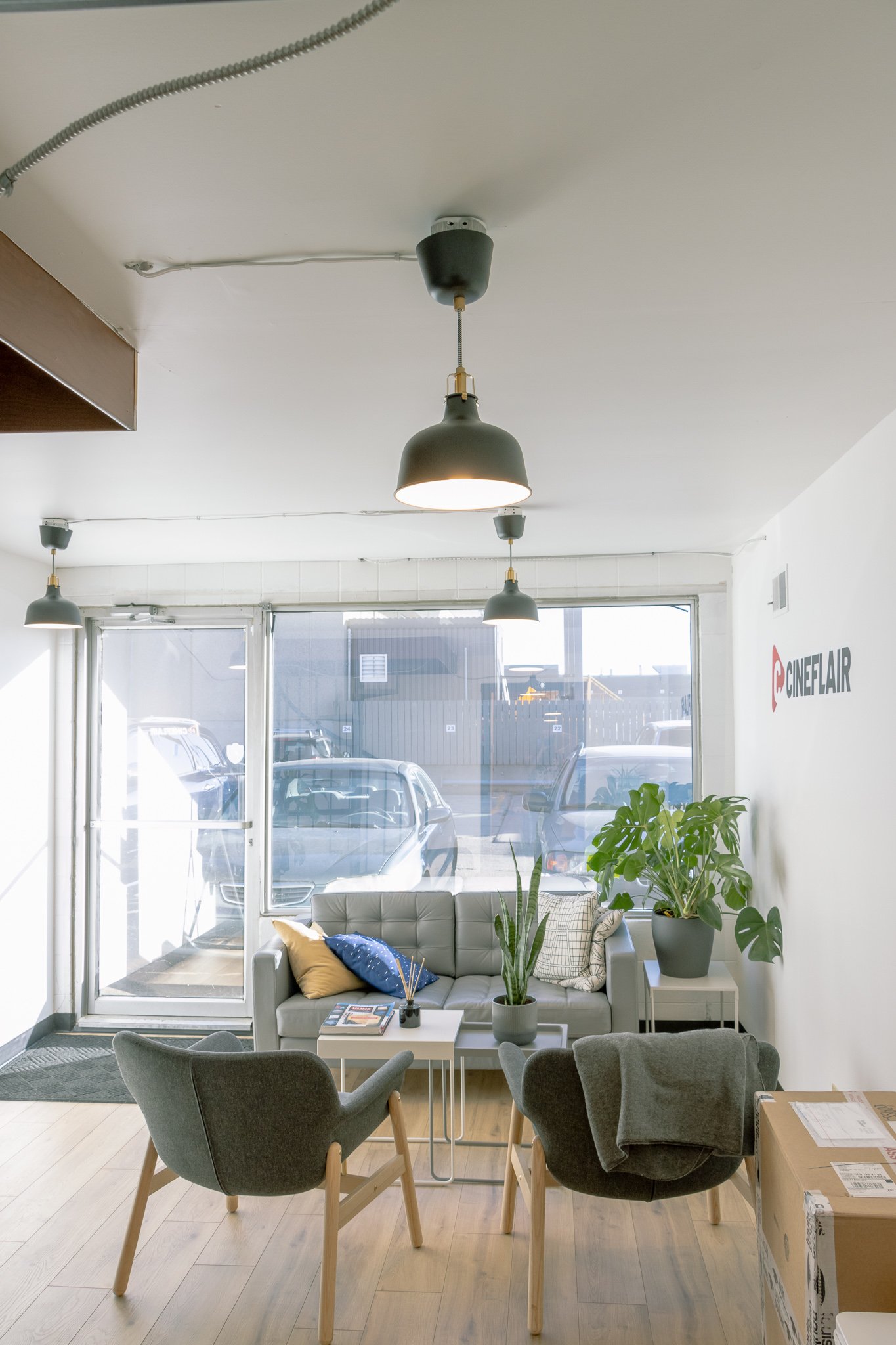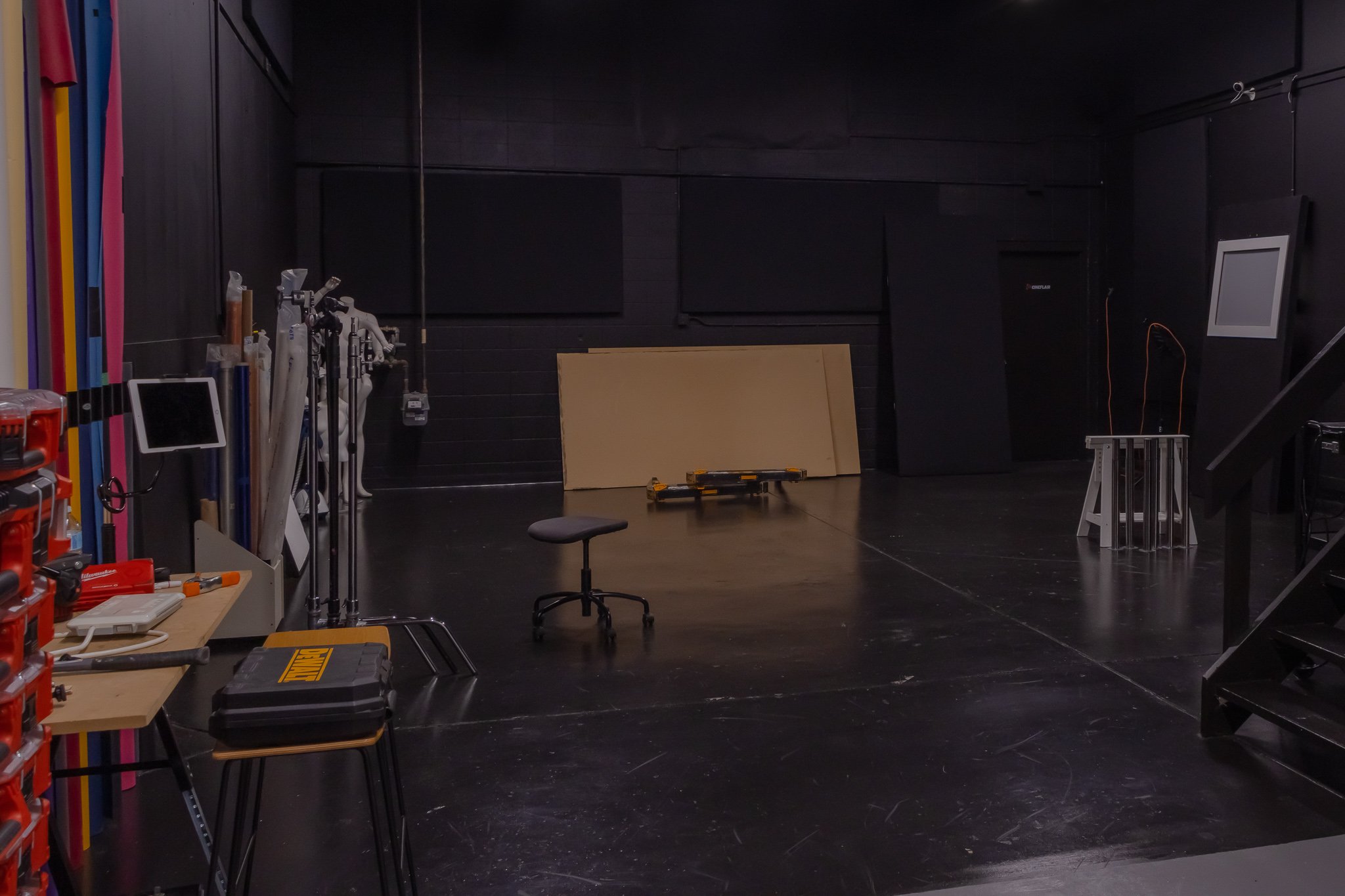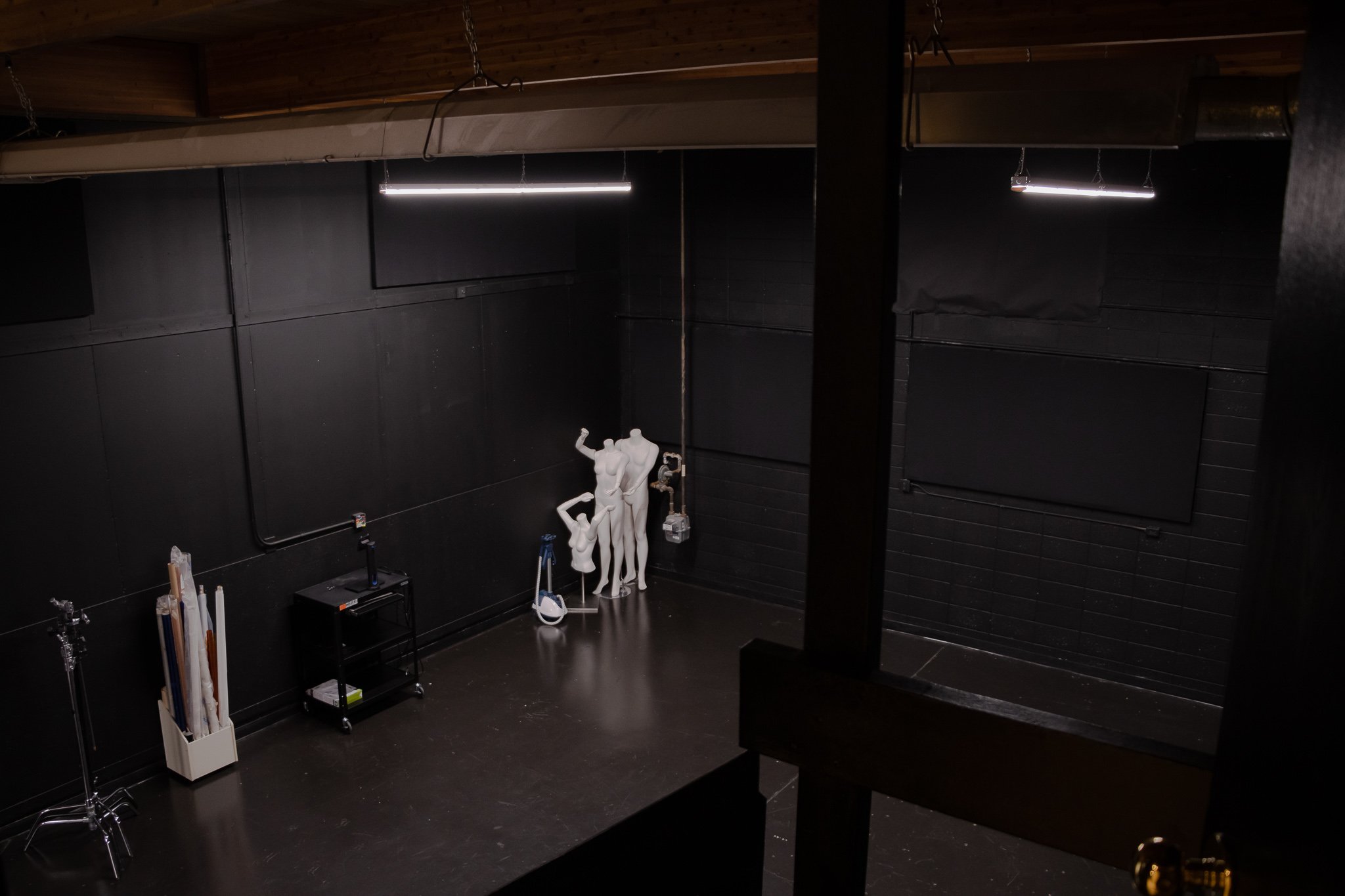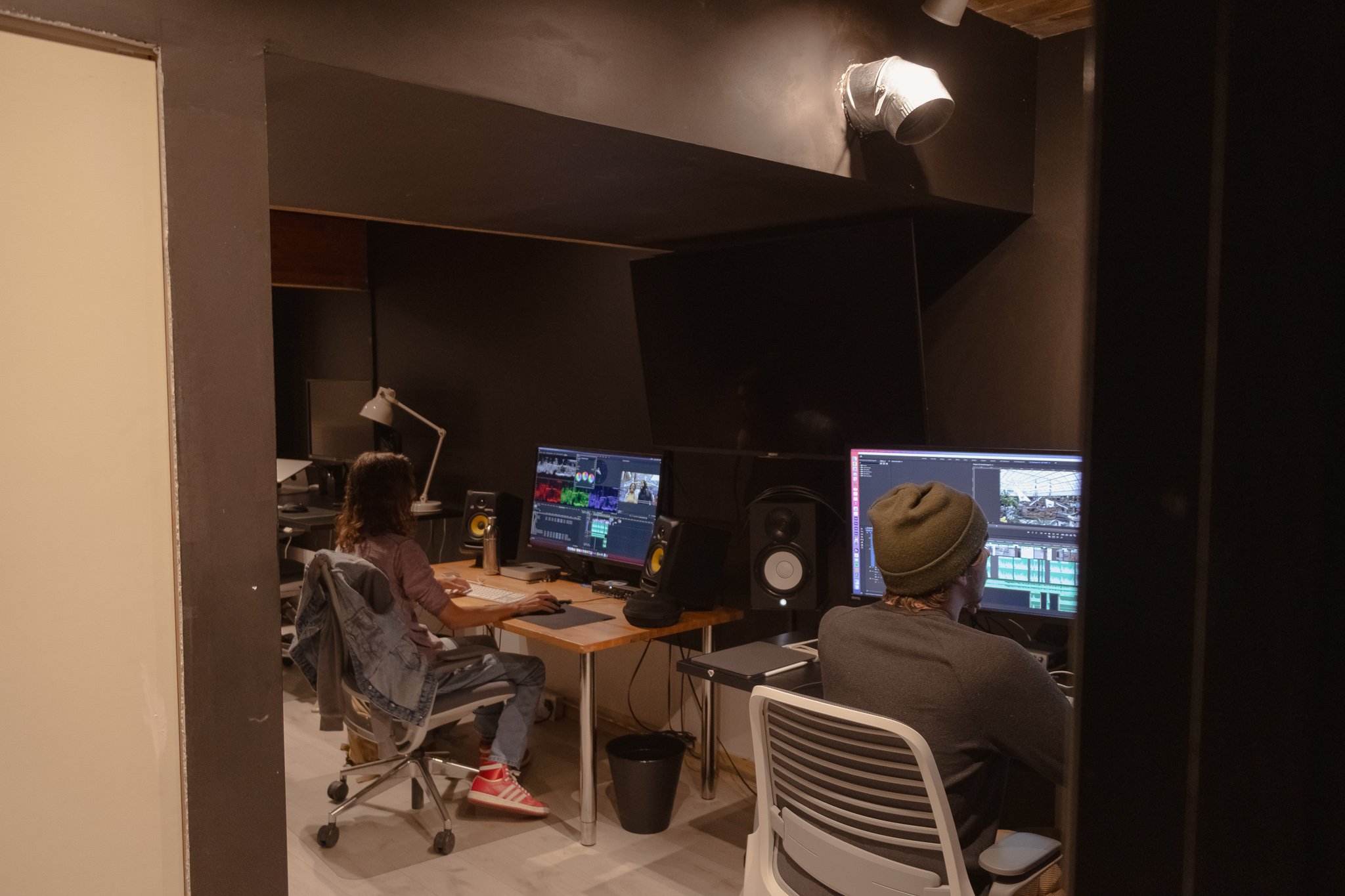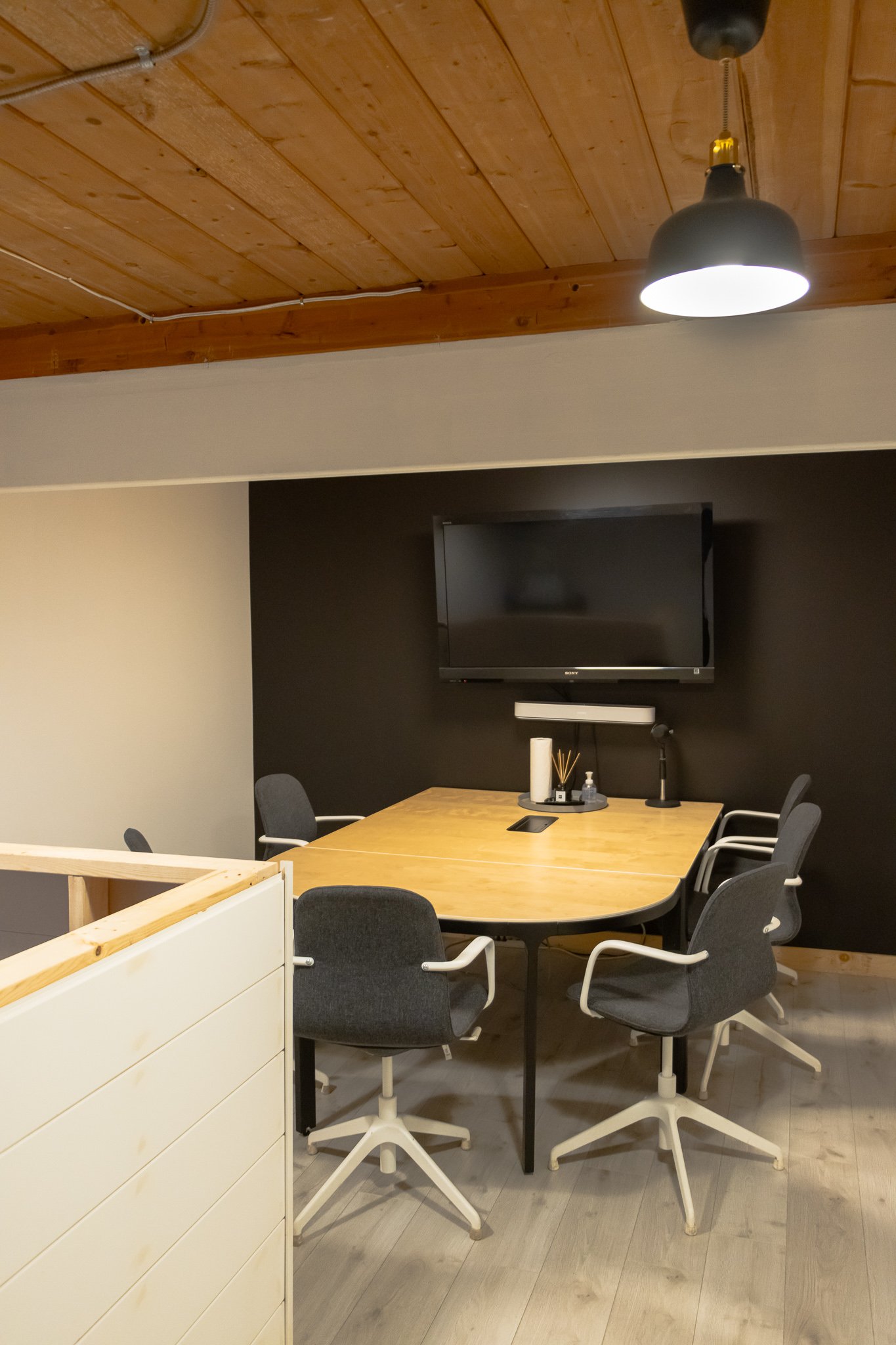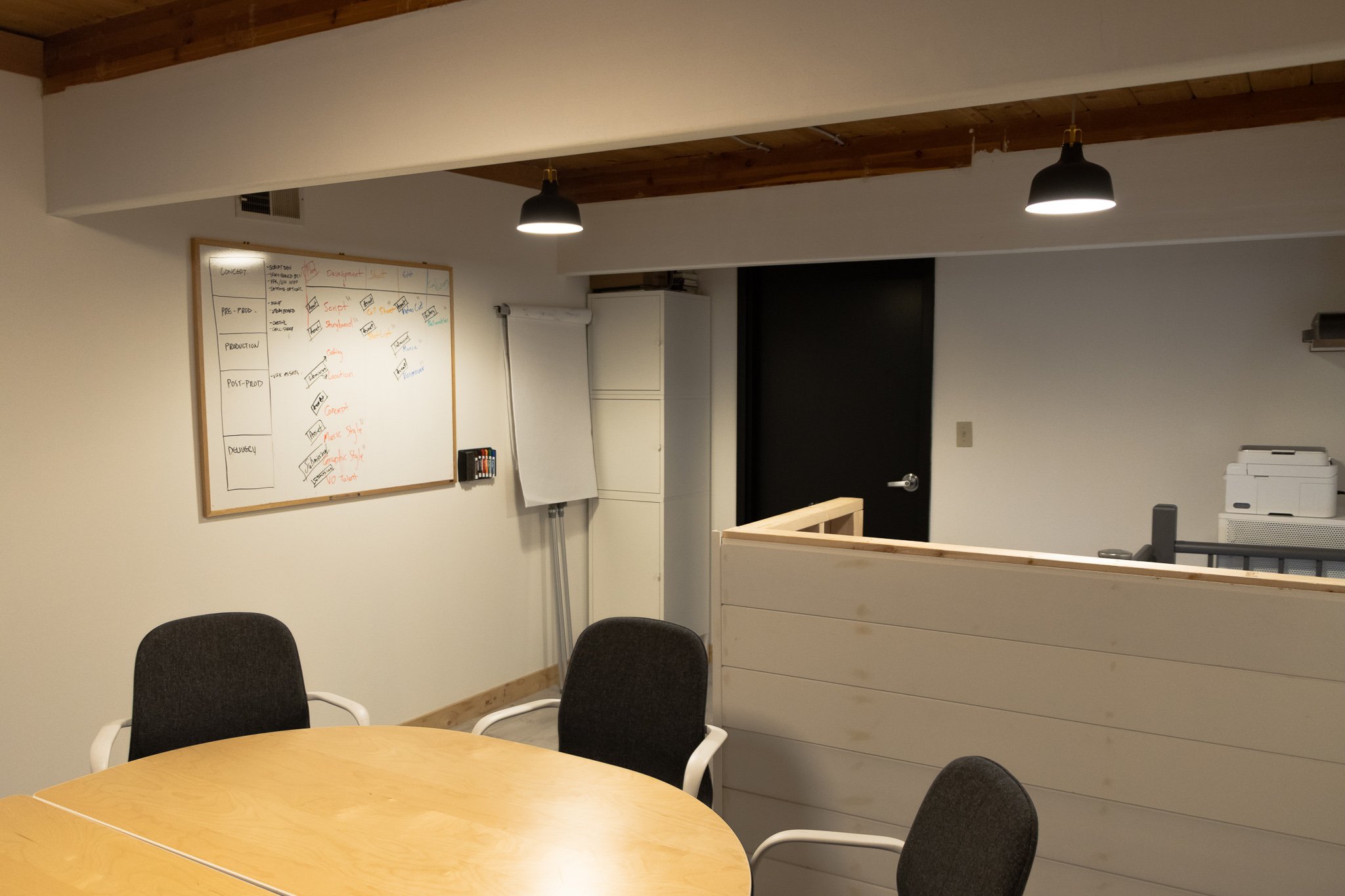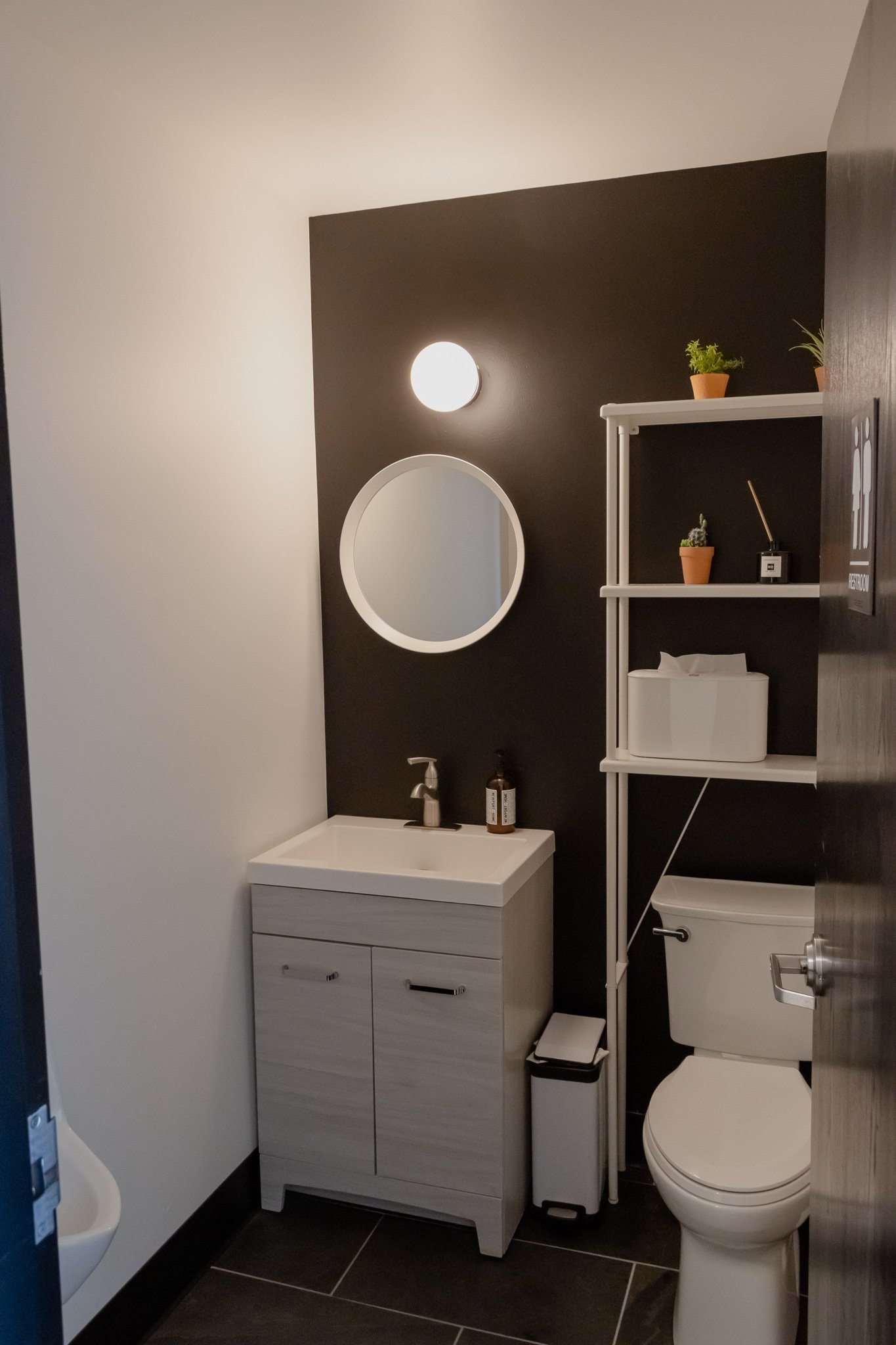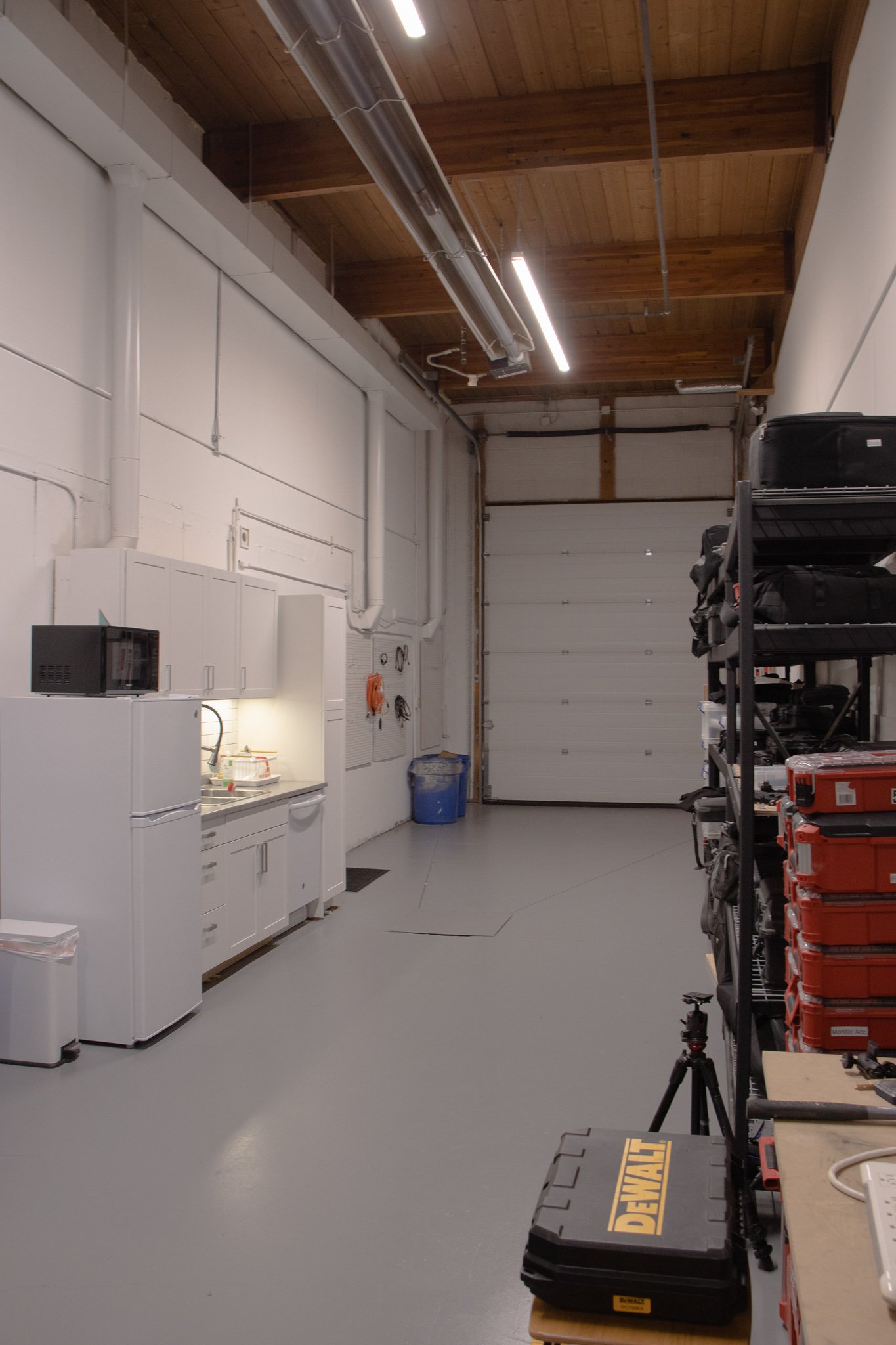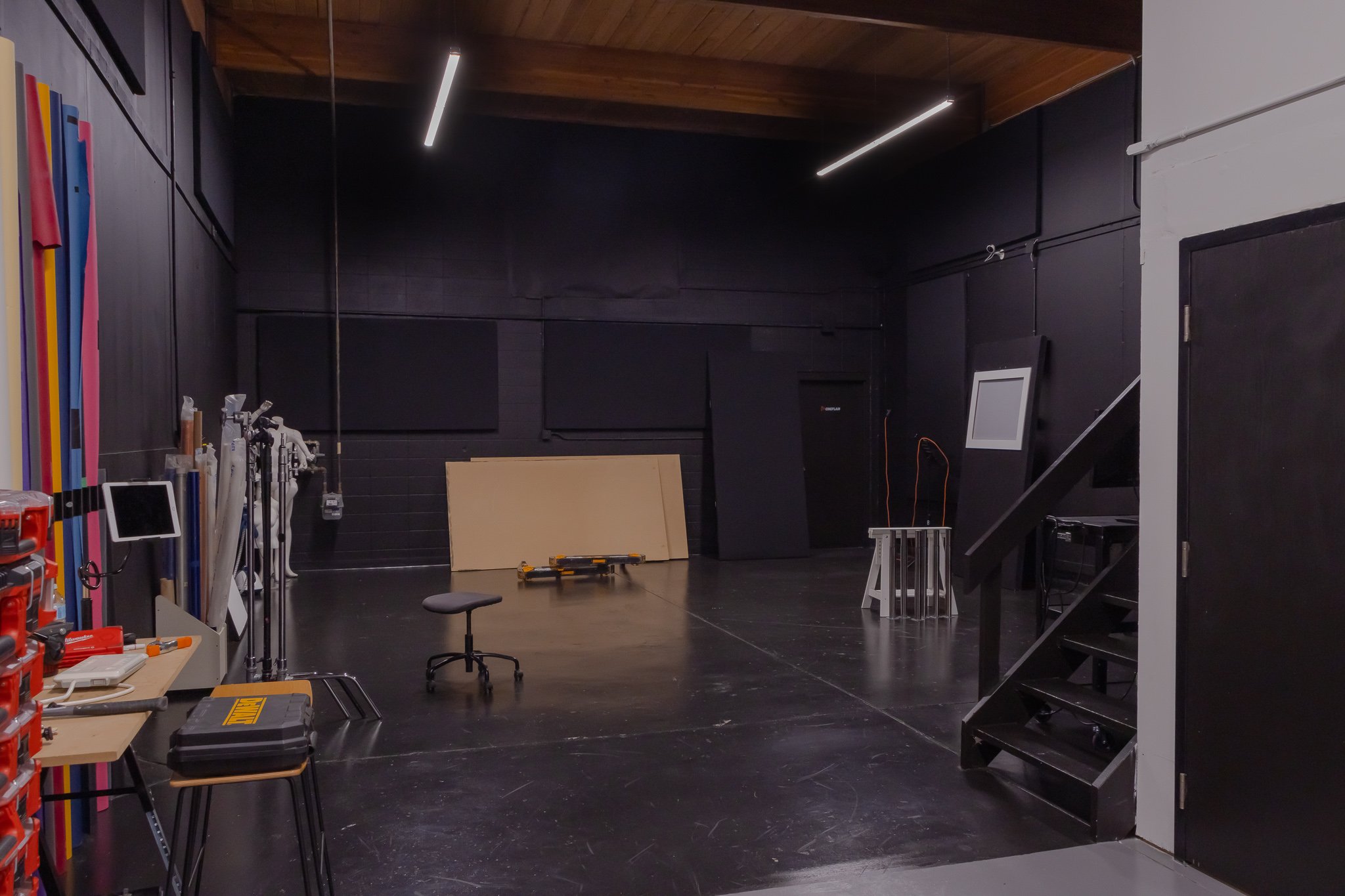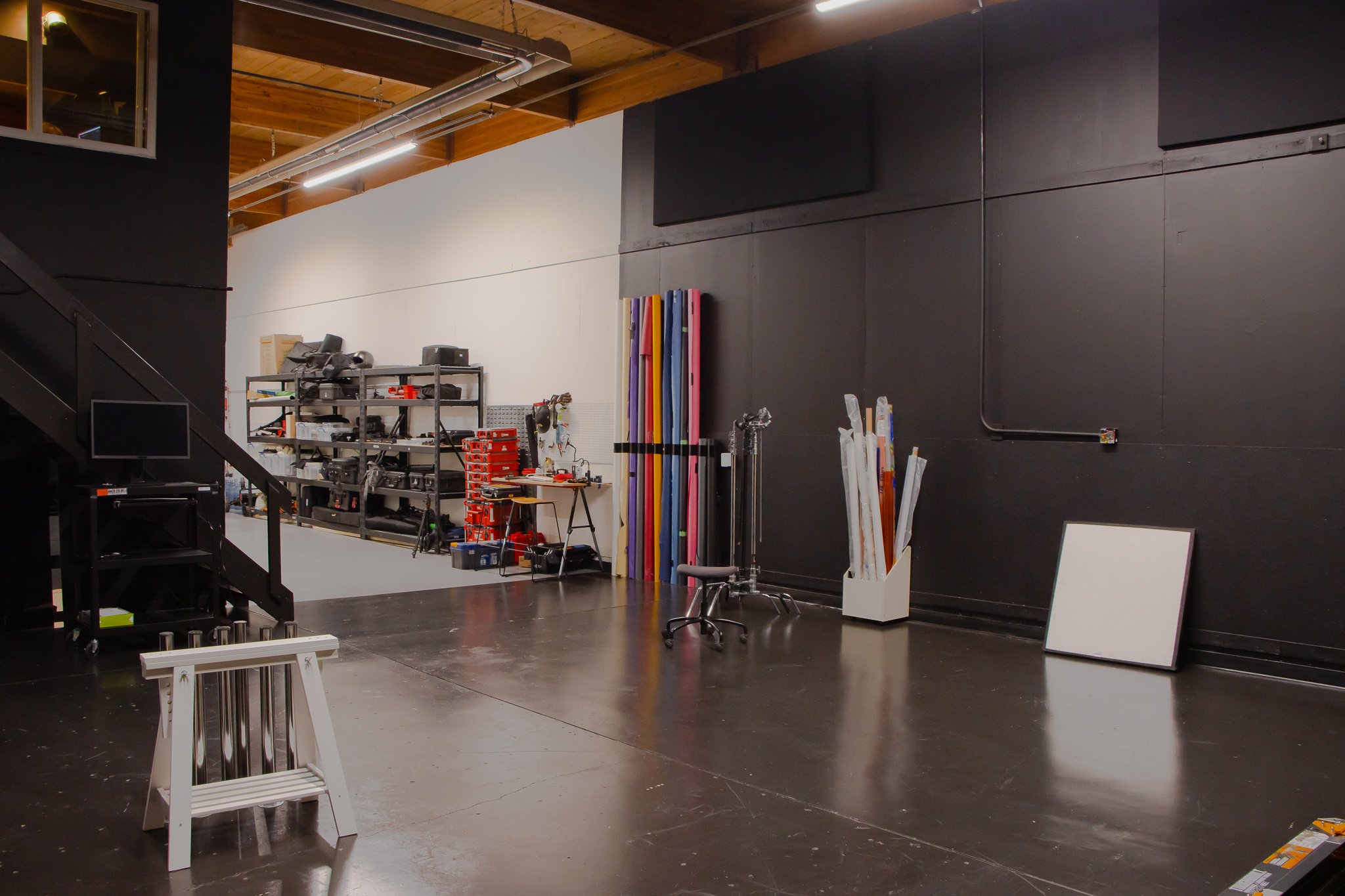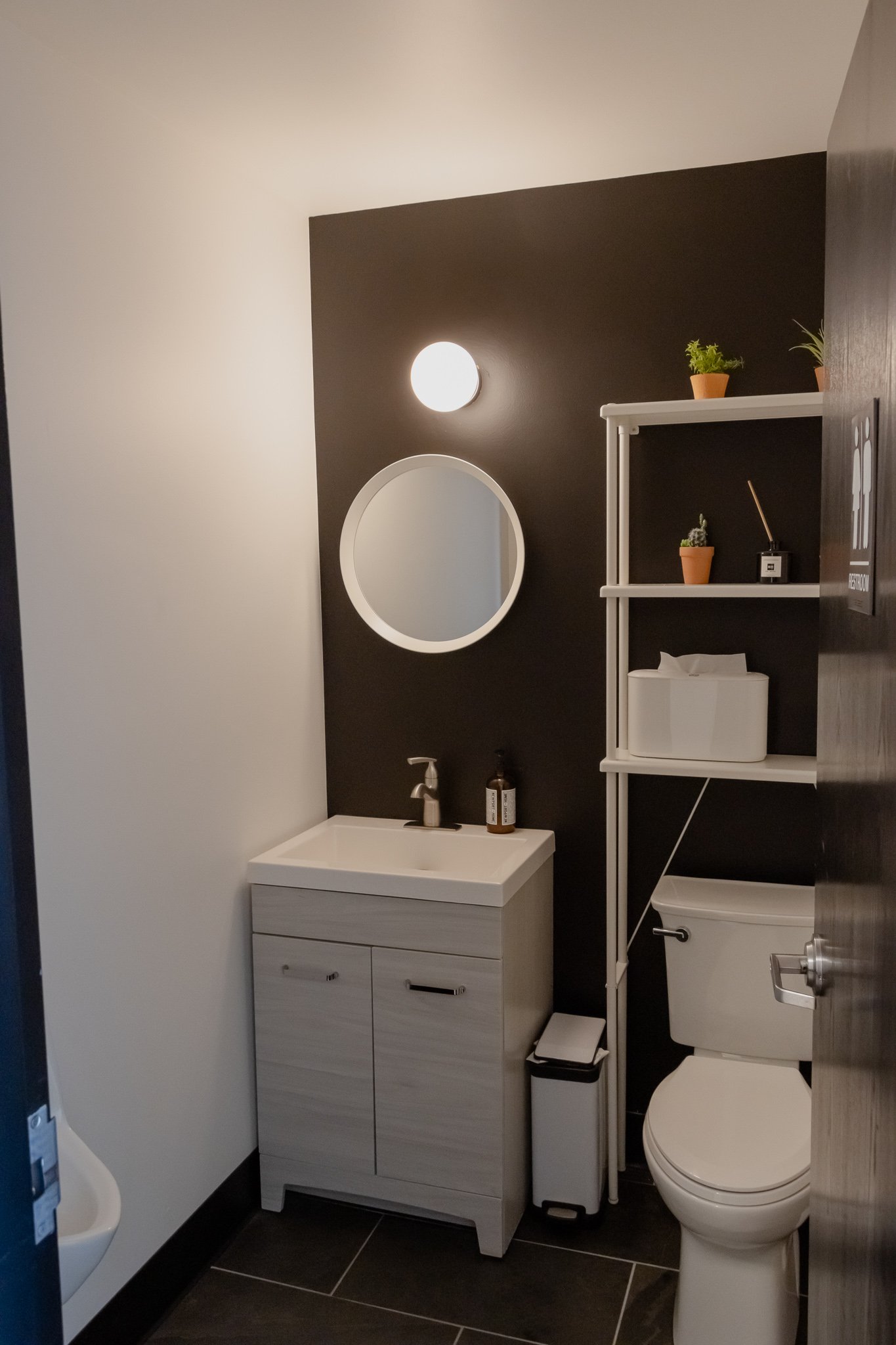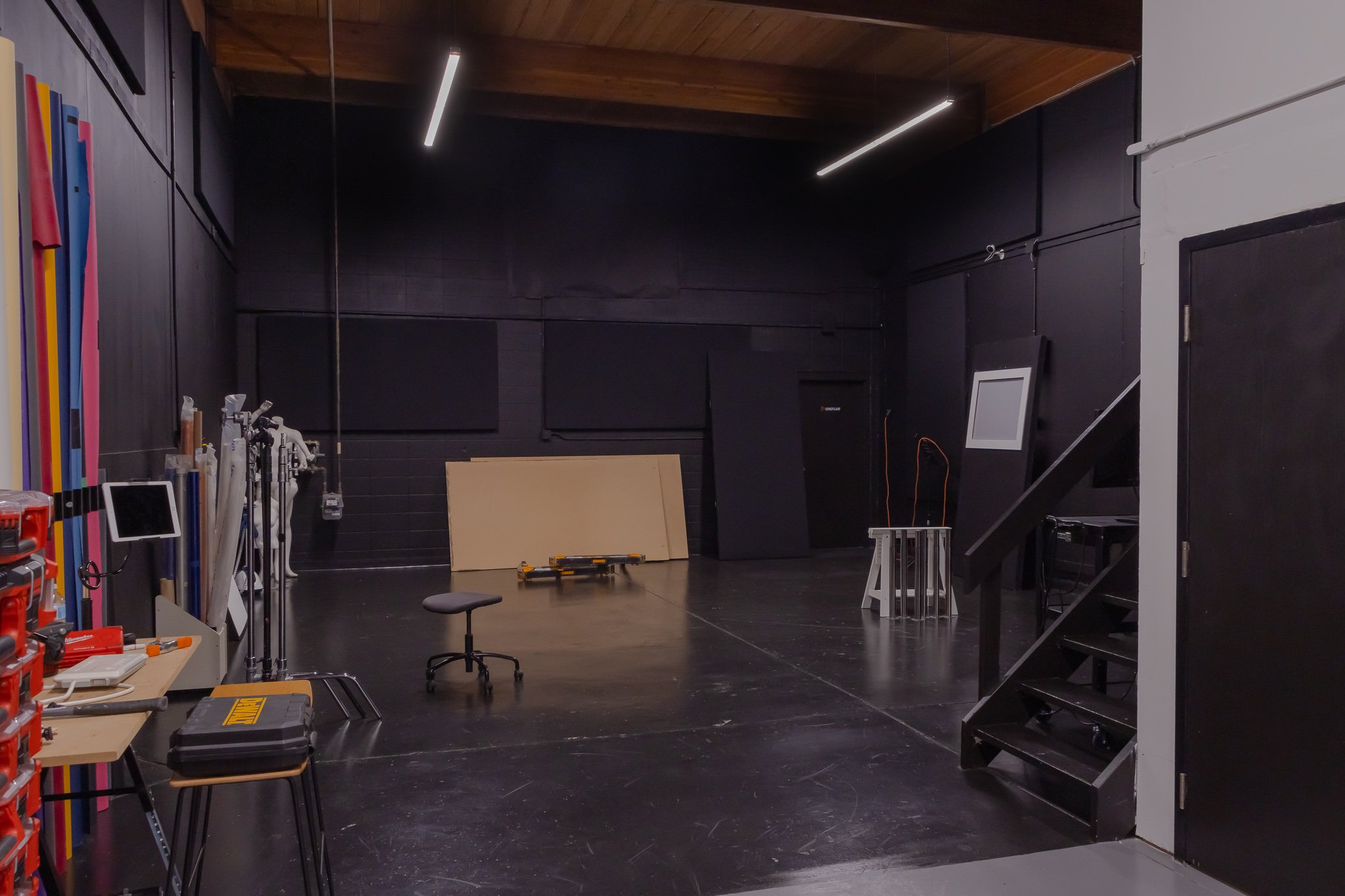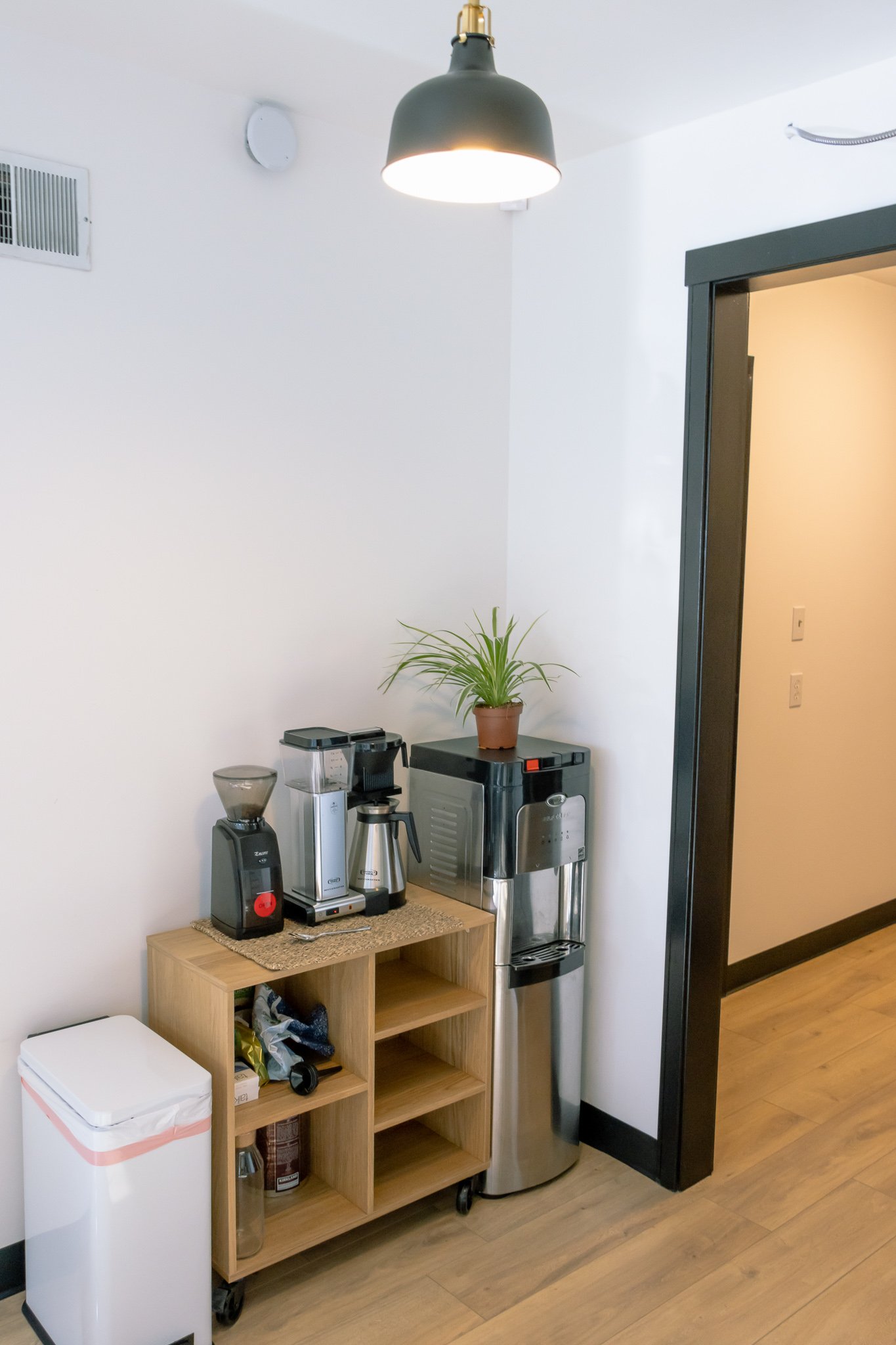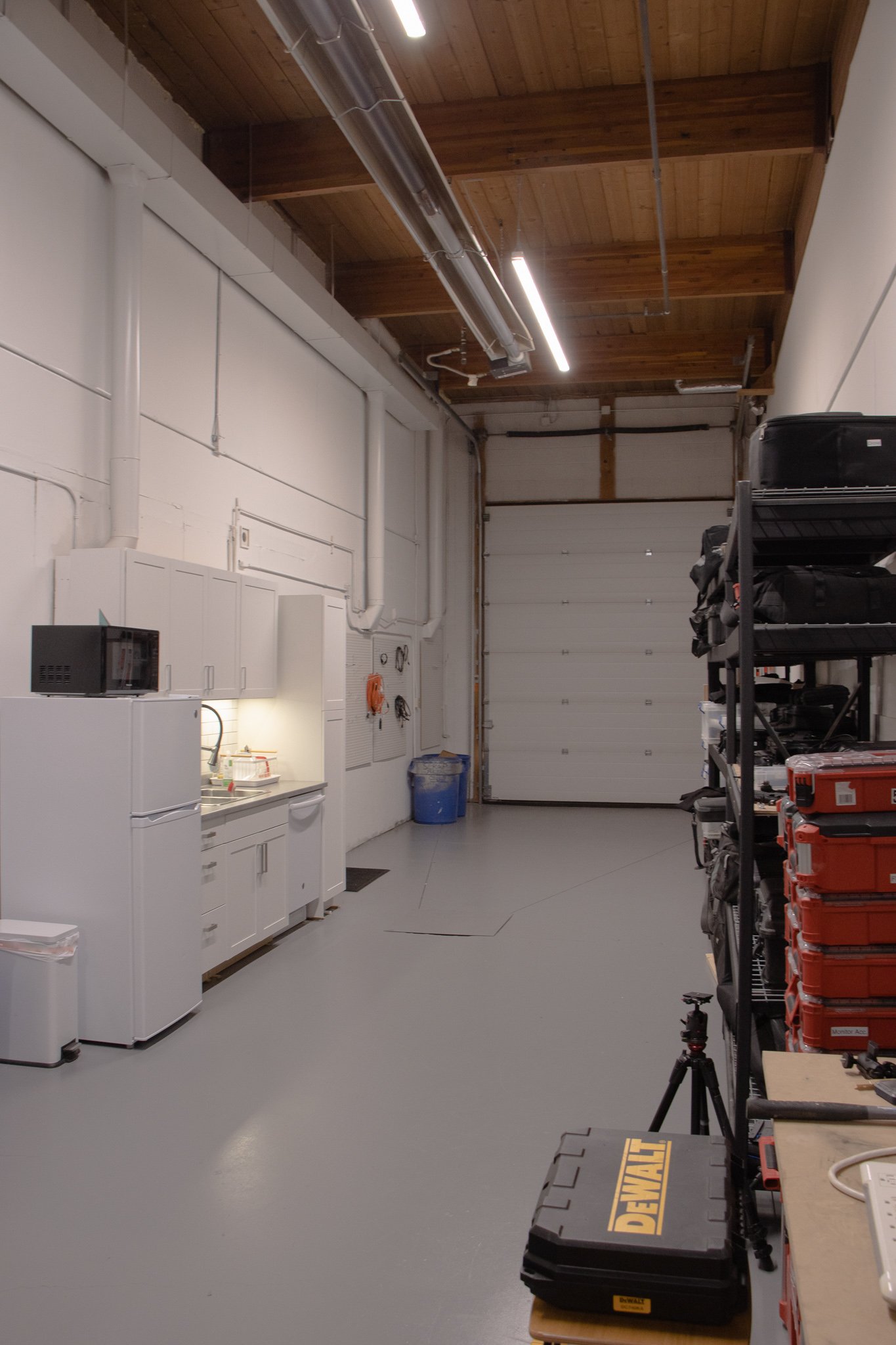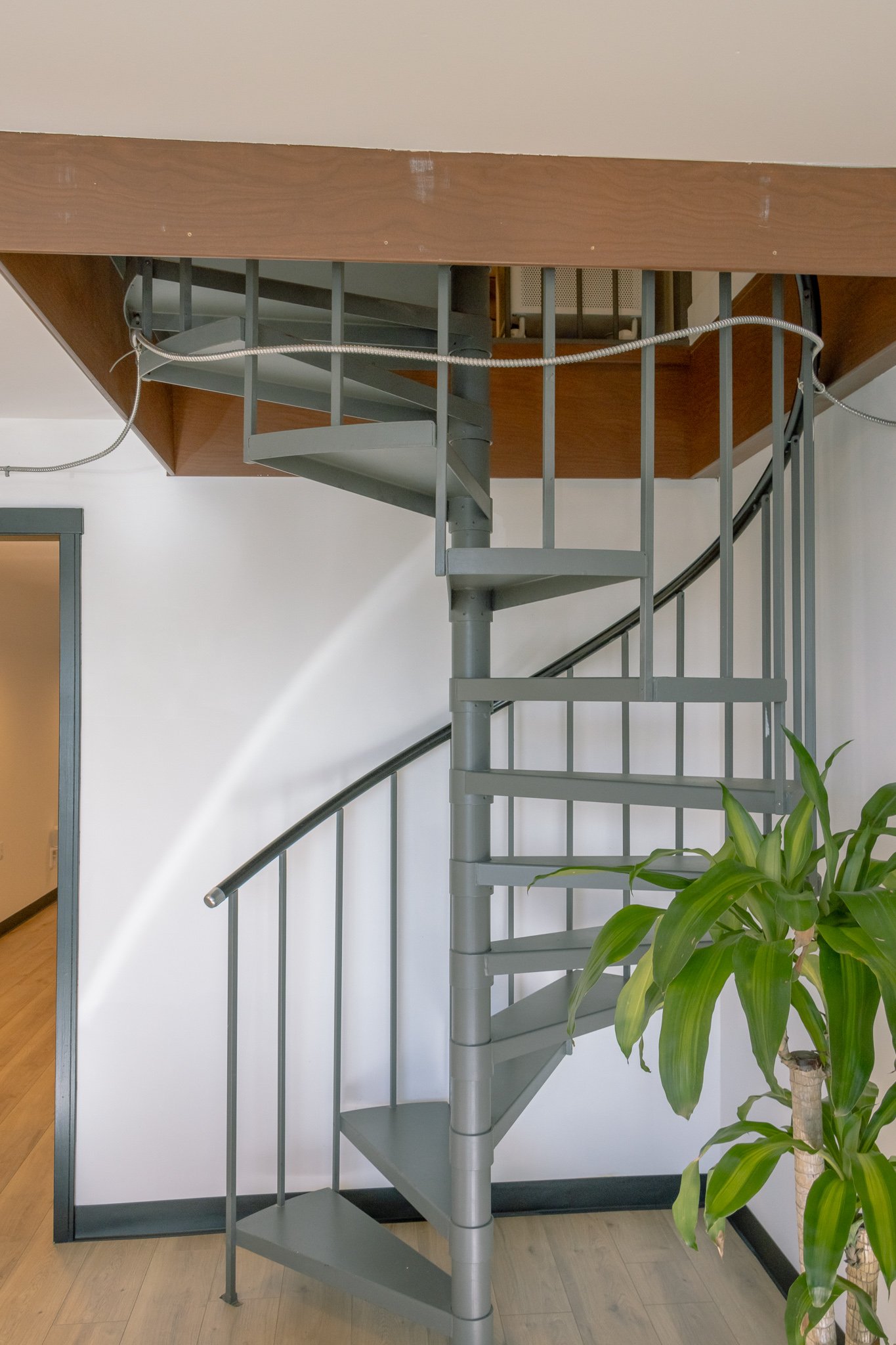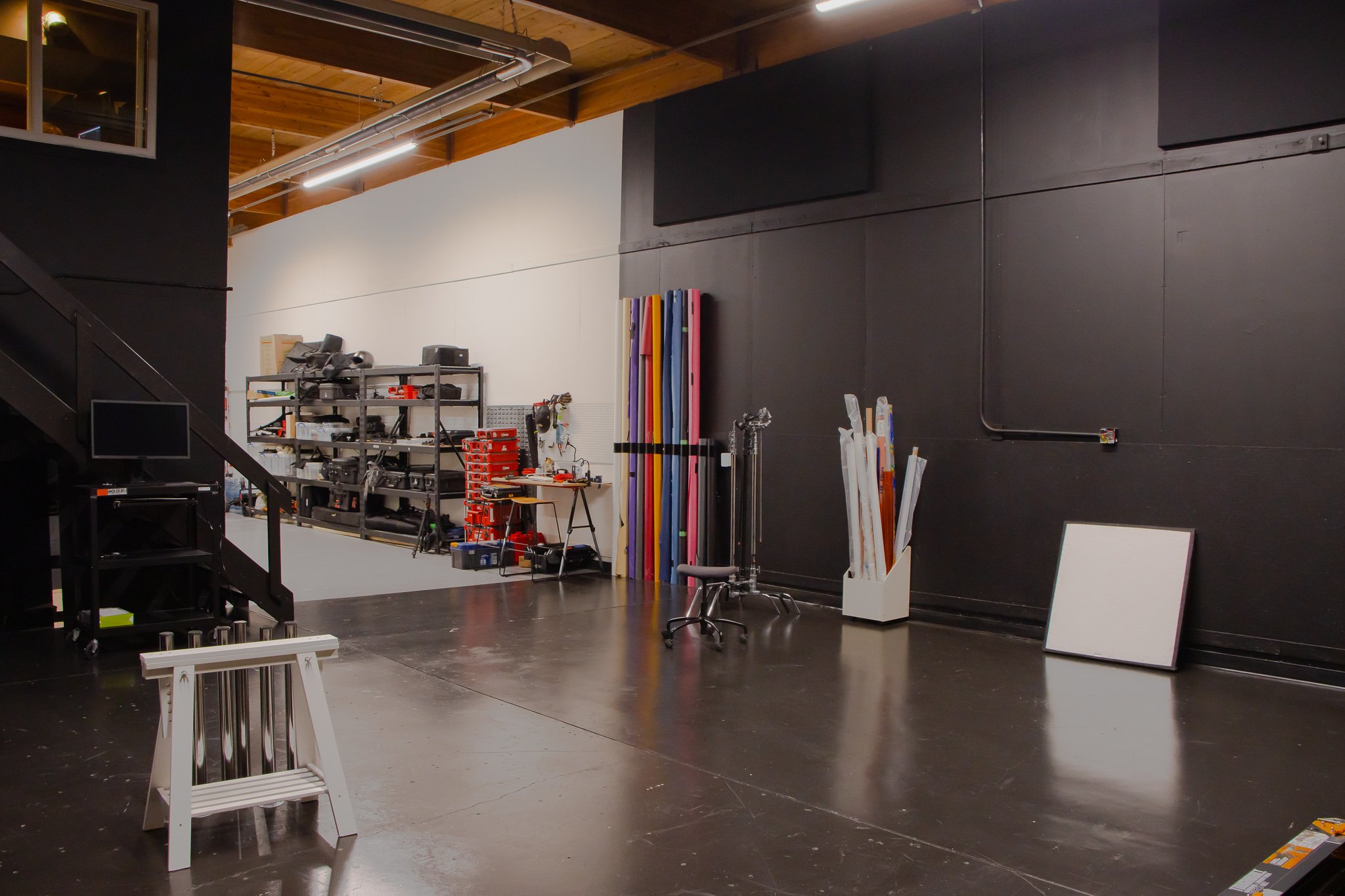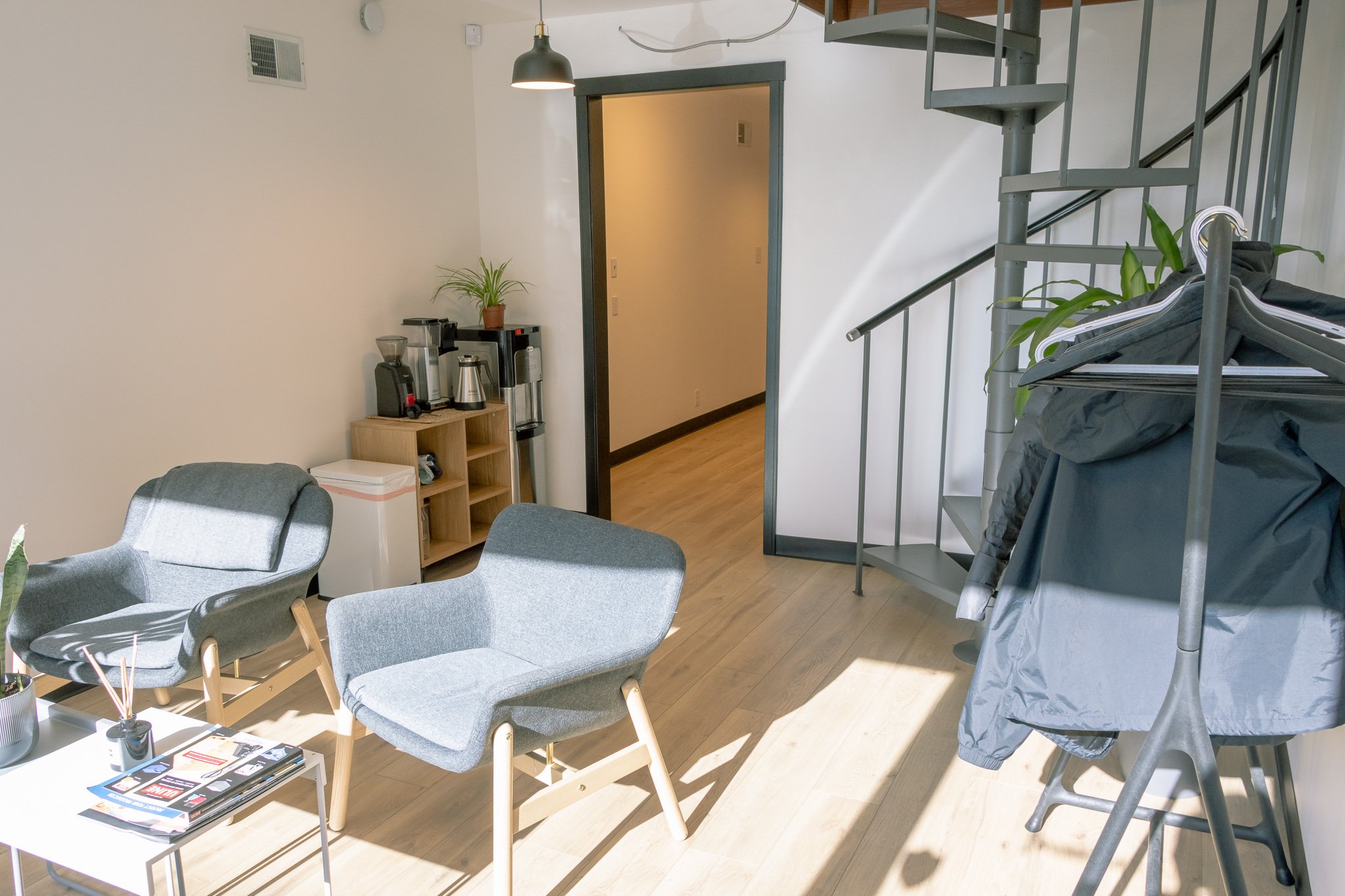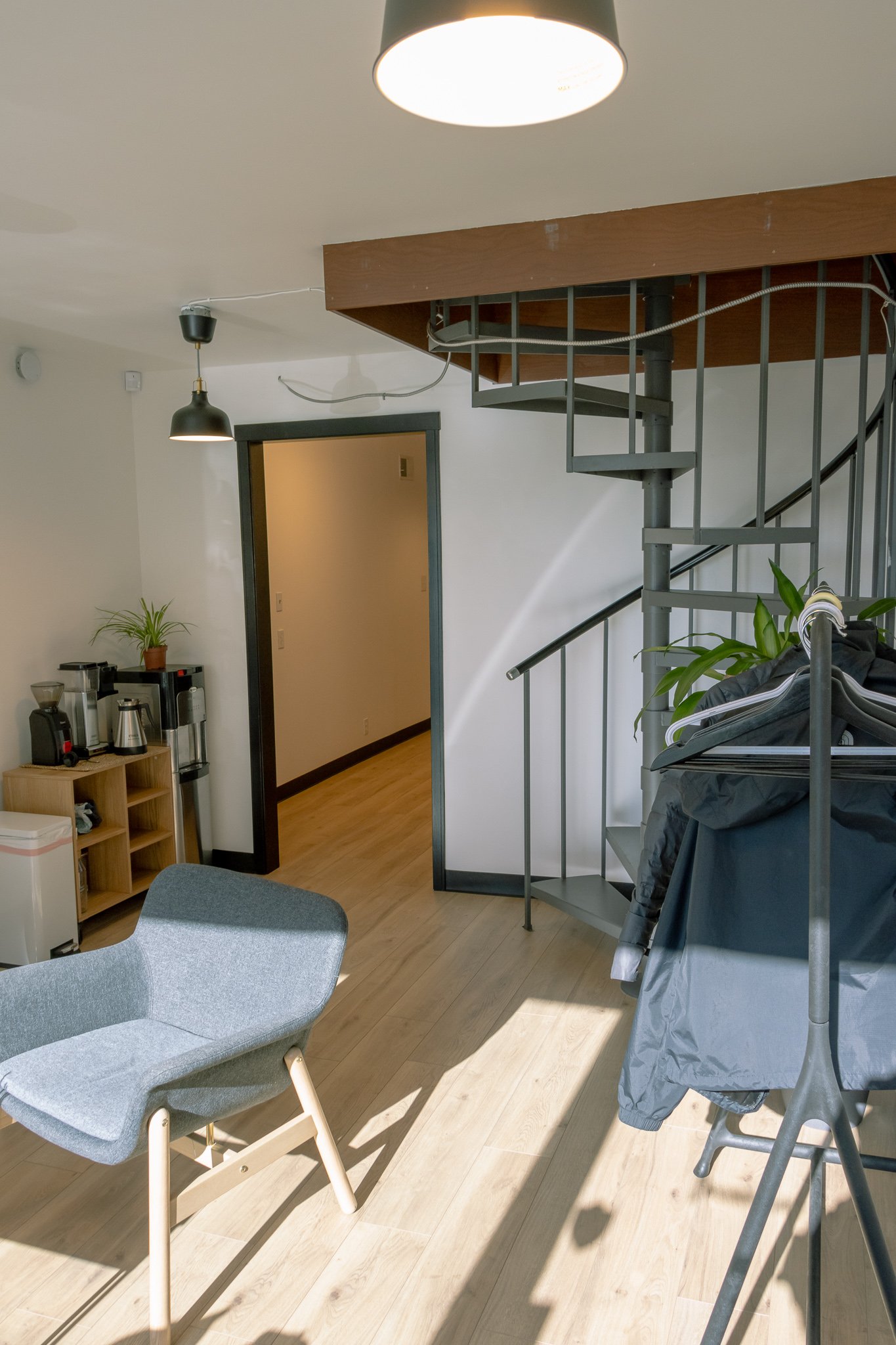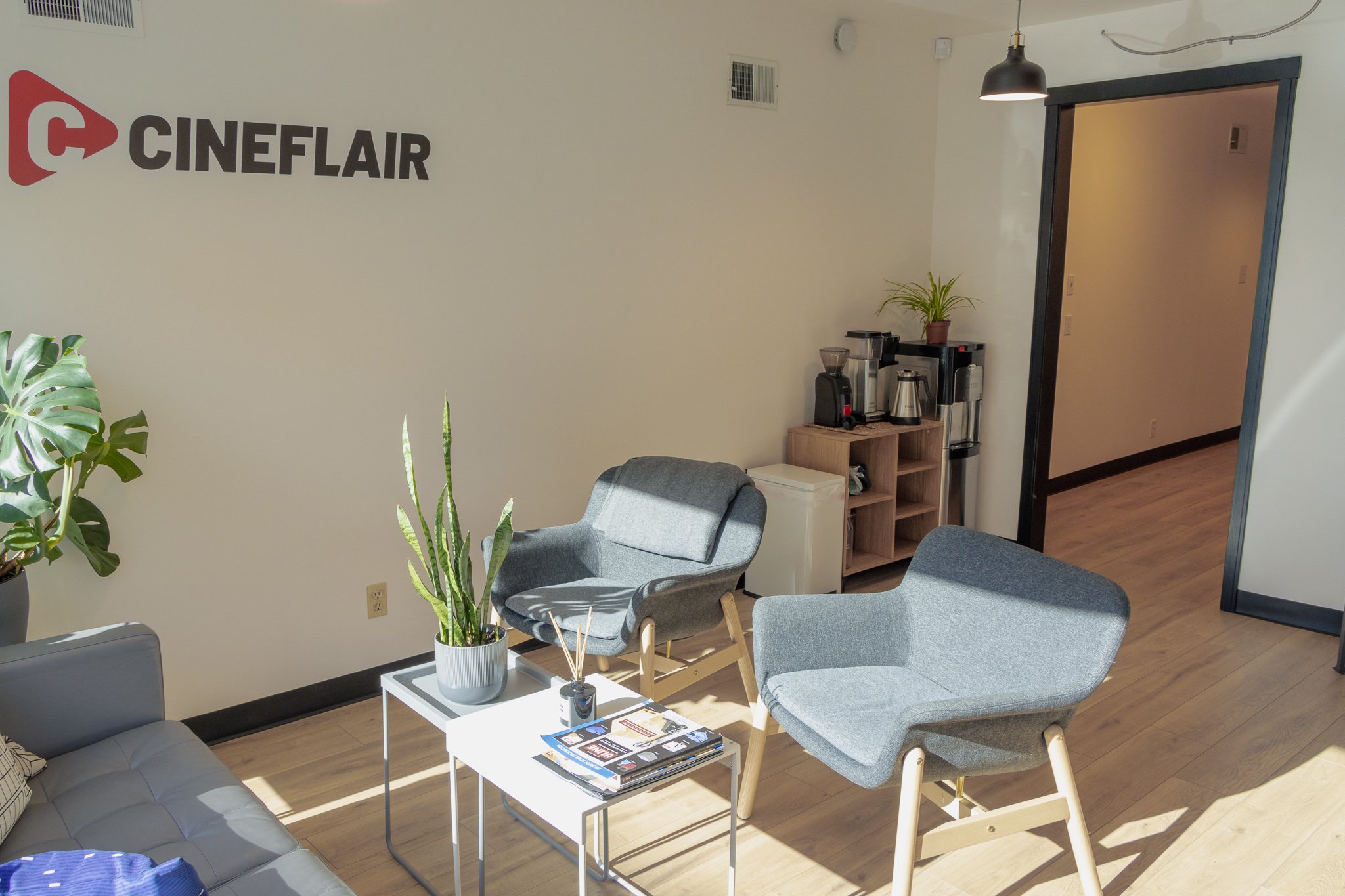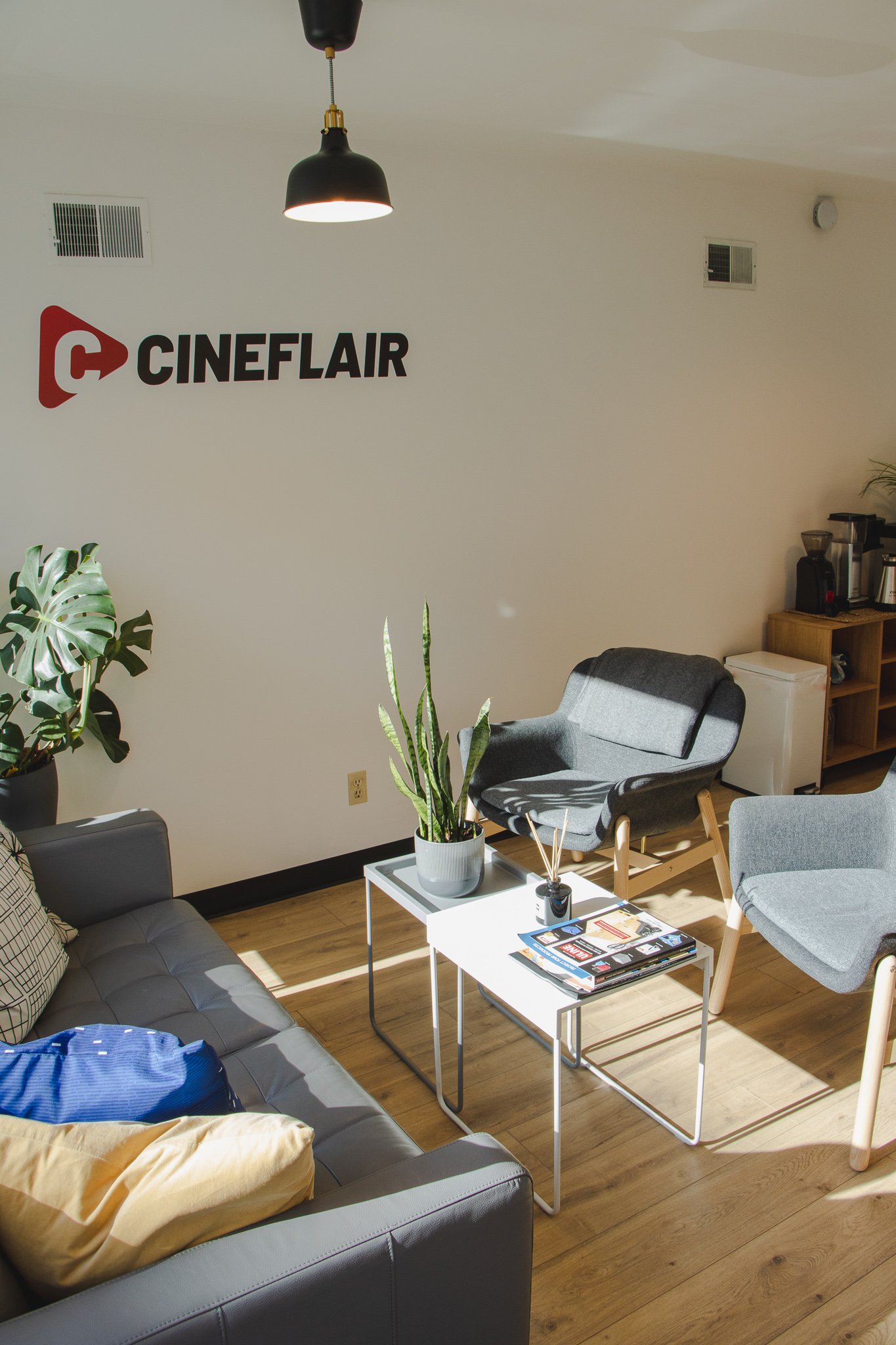Building A Video Production Studio/Office Hybrid That Is Right For You
We are constantly bombarded with text and imagery. Whether it's on a social media app, a video billboard advertisement as you drive down a busy highway, or a youtube pre-roll ad.
A video production studio can be the perfect way to create high-quality, professional videos and is one of the best ways for your company to reduce production costs, reduce turn-around times and allow more seamless integration between creative departments.
Building a Video Production Studio / Office Hybrid is a monumental task. Many things need to be considered. This guide will help you understand 5 key components that are important to consider before you take the leap.
TECHNICAL PLANNING & DESIGN
Choosing a suitable facility will be your most important task. Our team spent months working with a leasing agent to look at numerous potential facilities all around the city. We took time to discuss what we needed in a studio facility. We decided we needed more space to allow separation for meetings and pre-production work, effortless communication between devices, and a loading dock for off-site shoots. An area that is also quiet and clean to produce the highest quality of content.
We settled on a commercial bay that boasts approximately 2000 sqr ft. of usable space. This space is broken into 6 main areas.
Lobby
Load-in/out and storage
Office / Kitchen
Editing suite
Boardroom / Meeting room
Studio





















Before Studio
The more work you put in the planning stage, the better the results will be. Budgets are a lot more manageable if you know exactly what you want to achieve from the start. We could visualize our studio by taking accurate measurements of our space and creating a space model using a Computer-Aided Drafting program called SketchUp.
This allowed us to space out the office by placing our existing furniture in the room. In addition, we were able to communicate our hopes and dreams easily with our contractors and the landowners.
Previsualization can give you a good understanding of the type and the amount of materials you will need before construction begins.

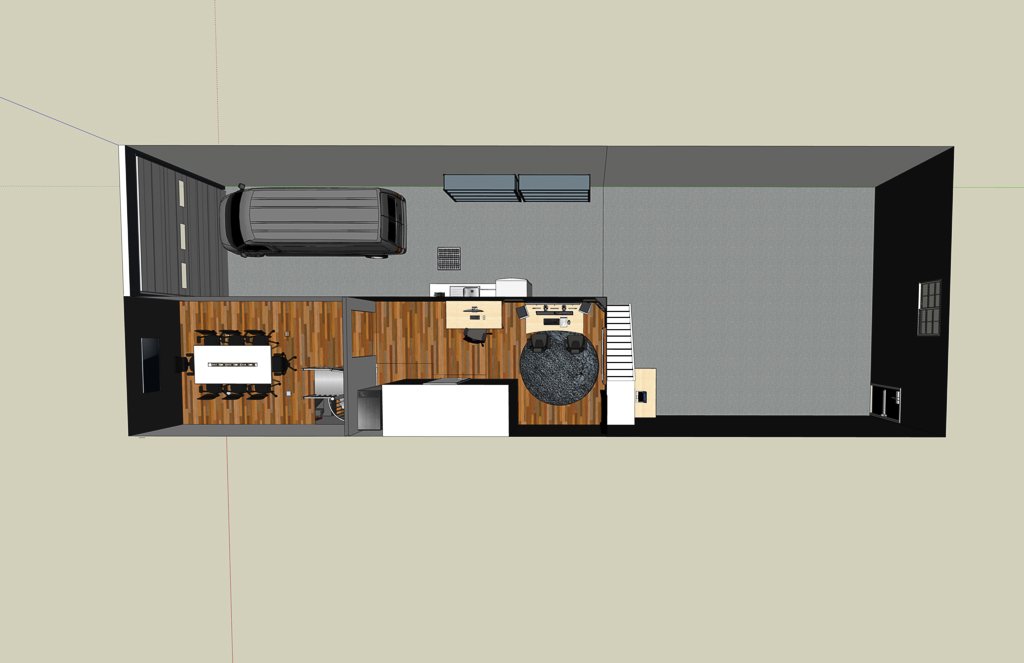



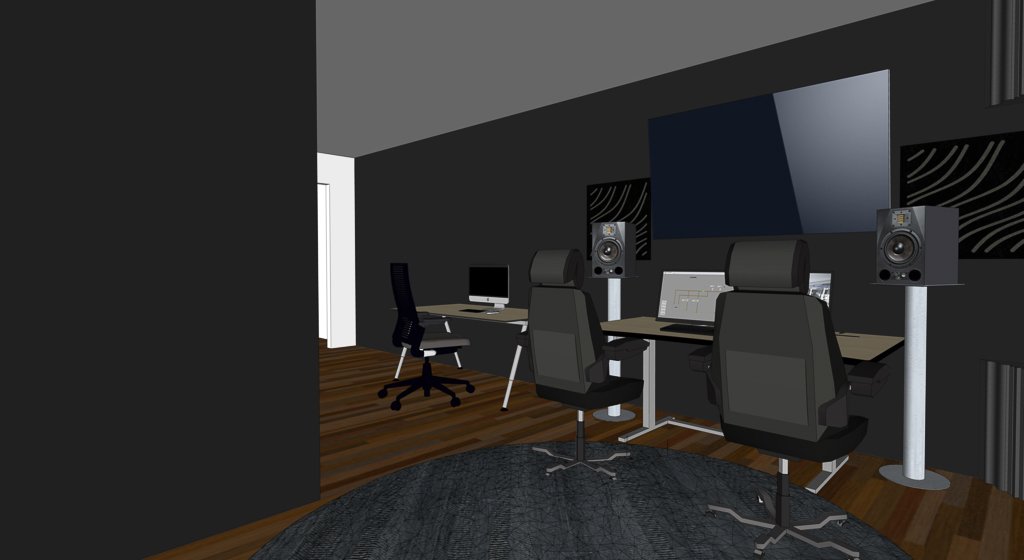




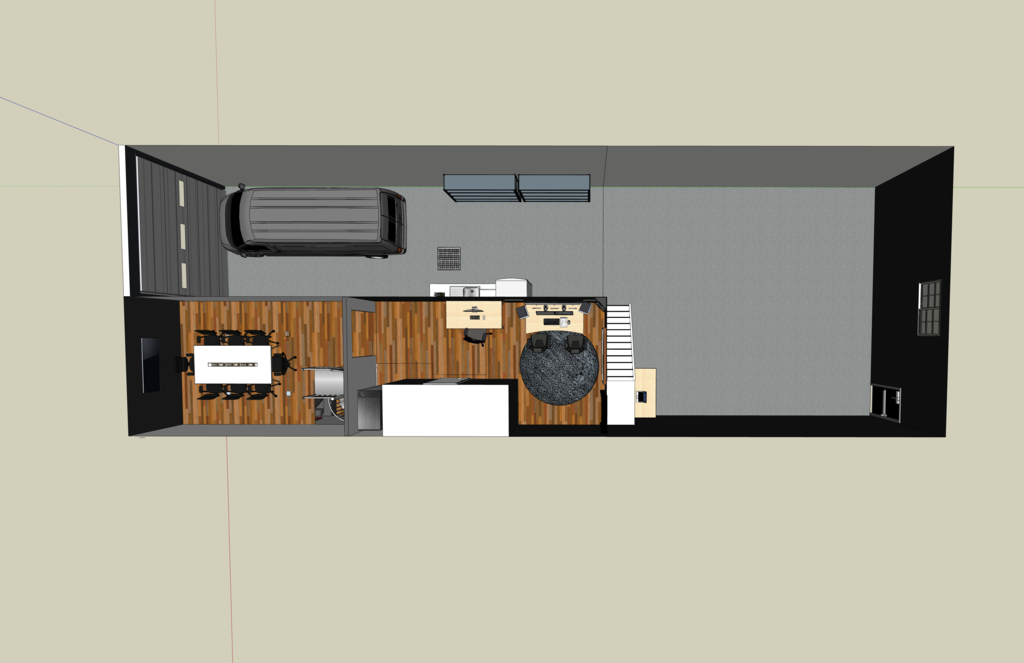
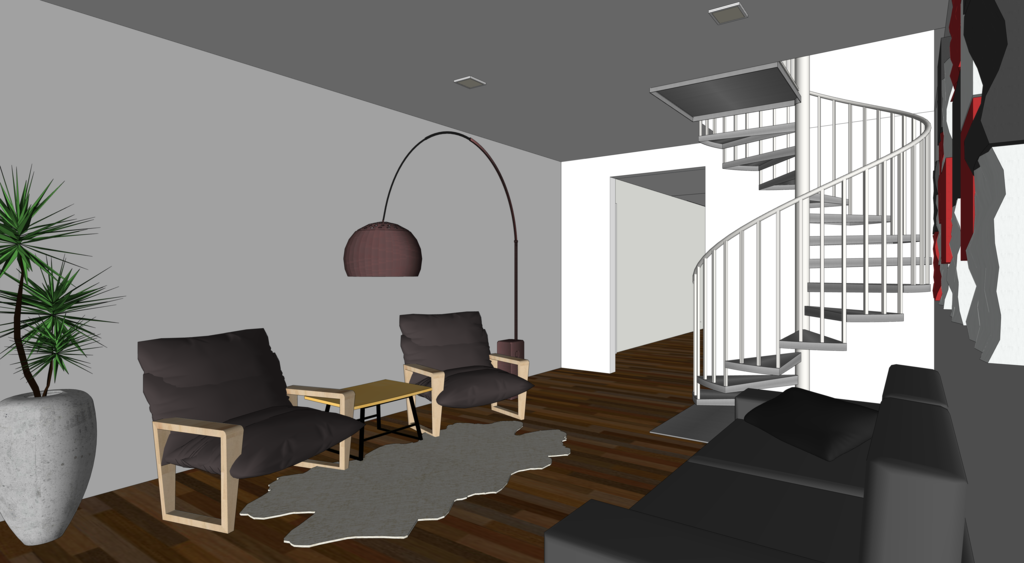
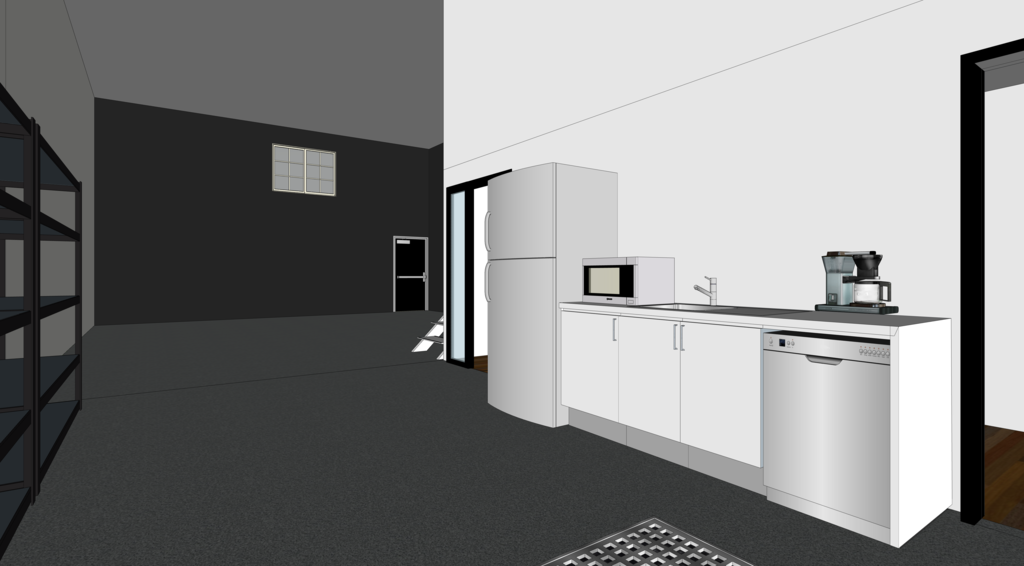
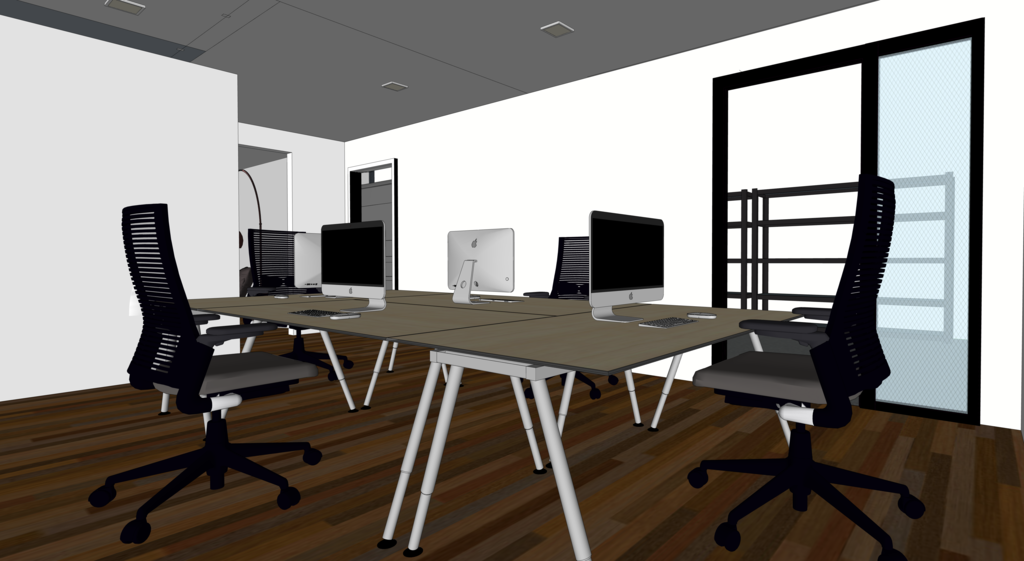
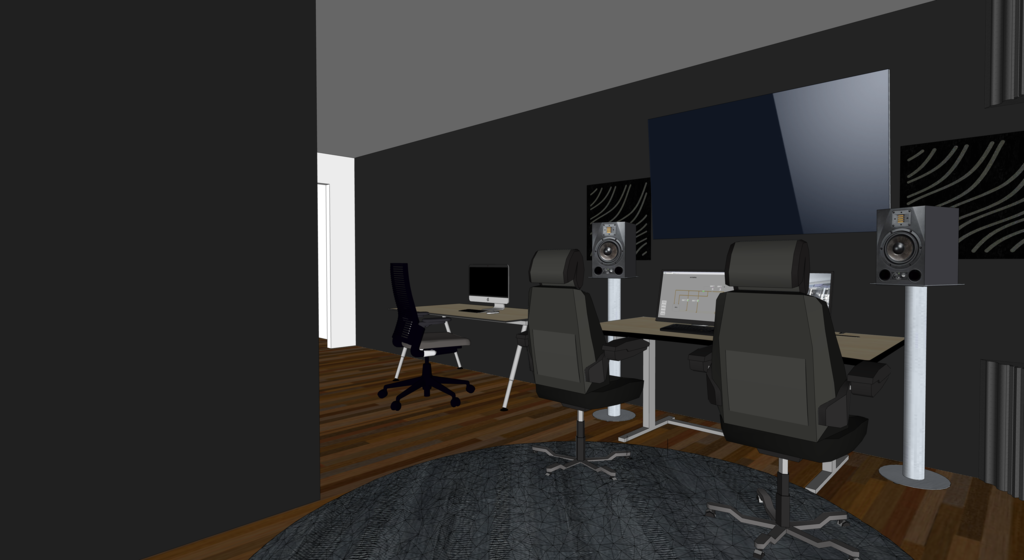
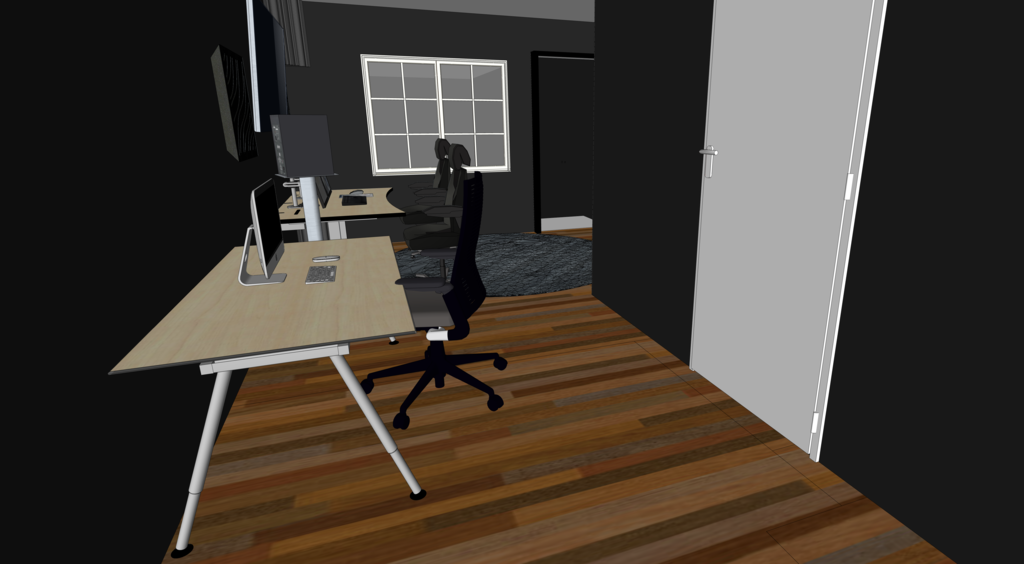
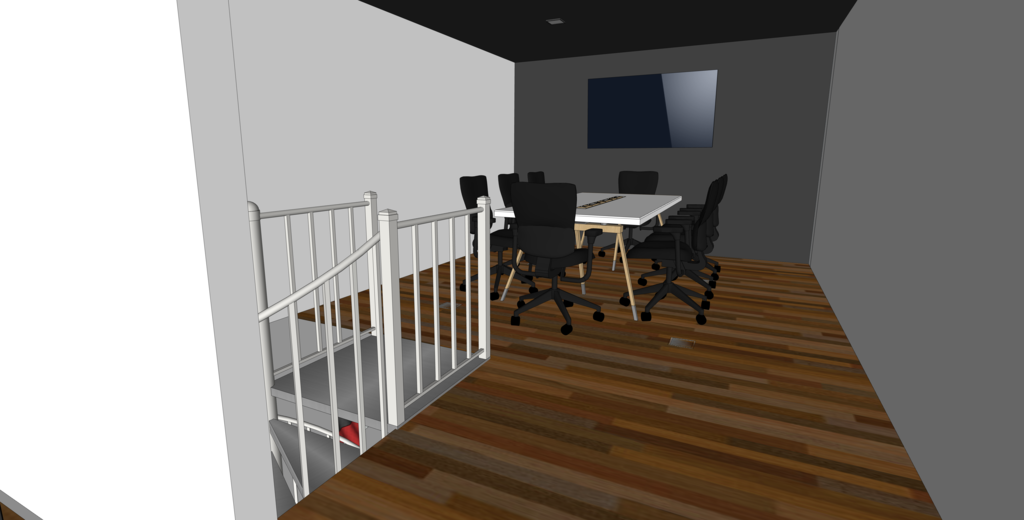
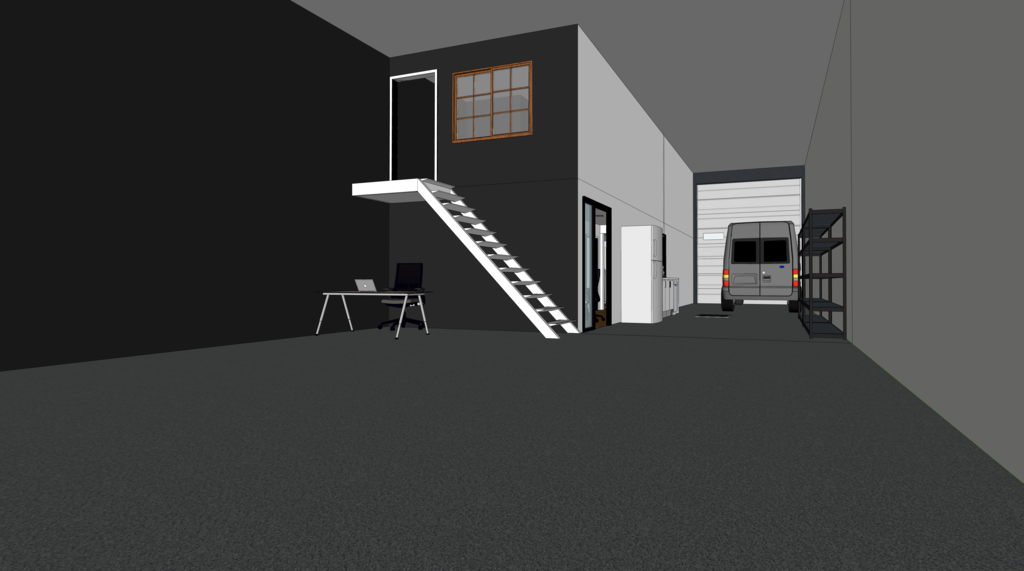

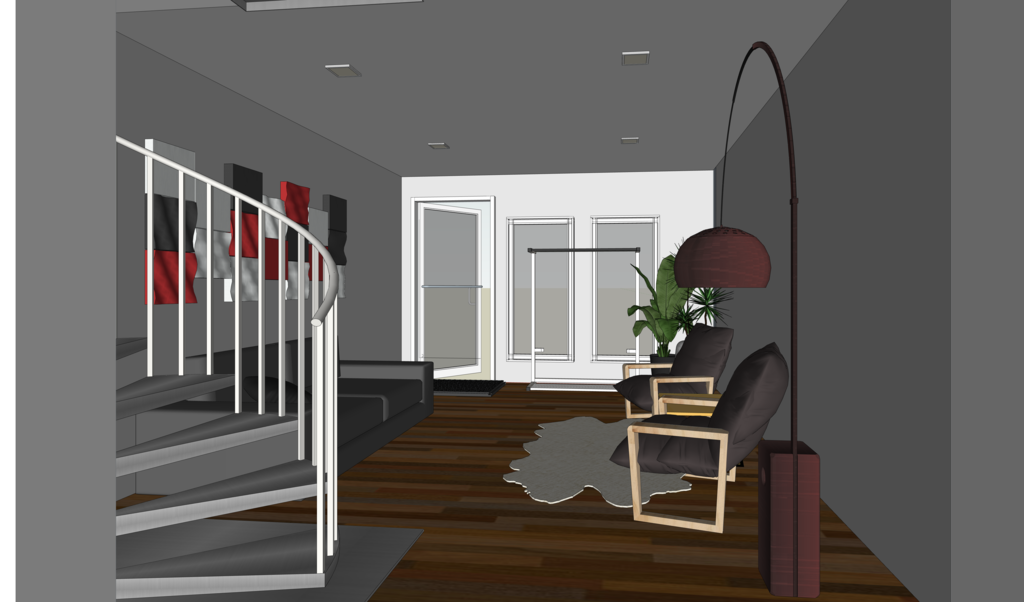

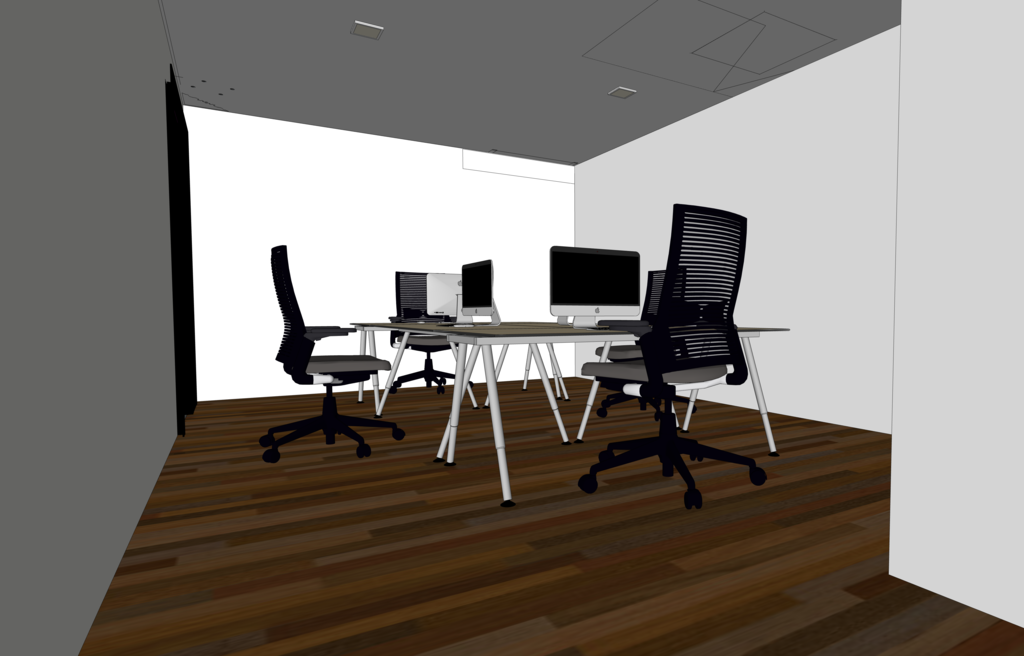
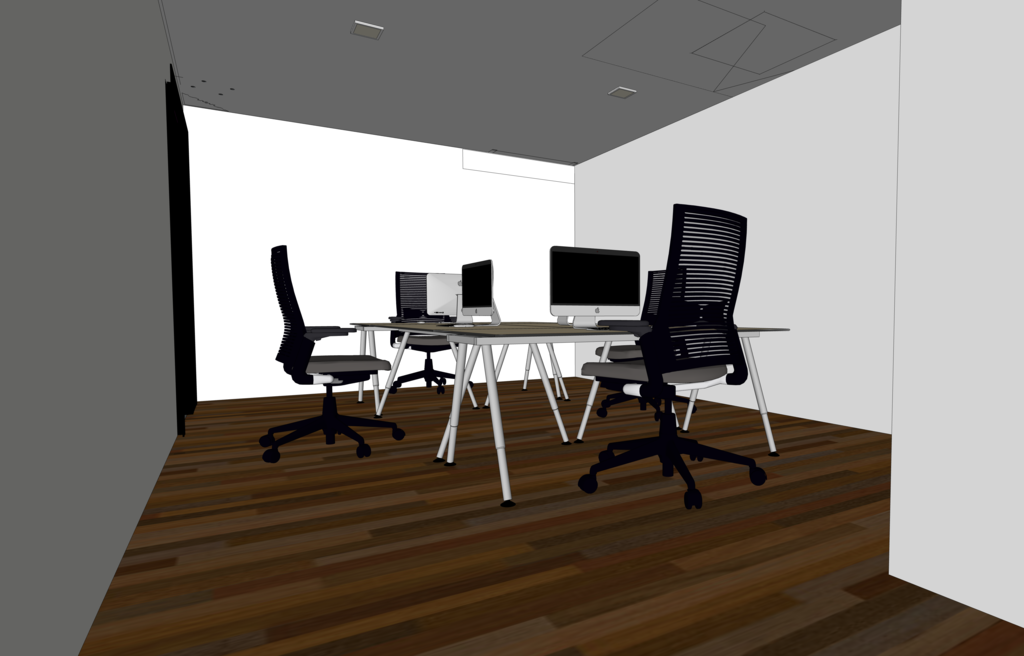
Concept upstairs
Construction
There are vital steps you must consider to accomplish the successful construction of your studio/office hybrid.
Demolition
Our demolition for this project was pretty light as we were keeping most of the key building characteristics intact. We removed a few walls to open up the office space. We also removed the drop ceiling to give the office space more height. We kept one of the fireproof doors from the original layout. We moved it over to make an additional entrance to the studio.






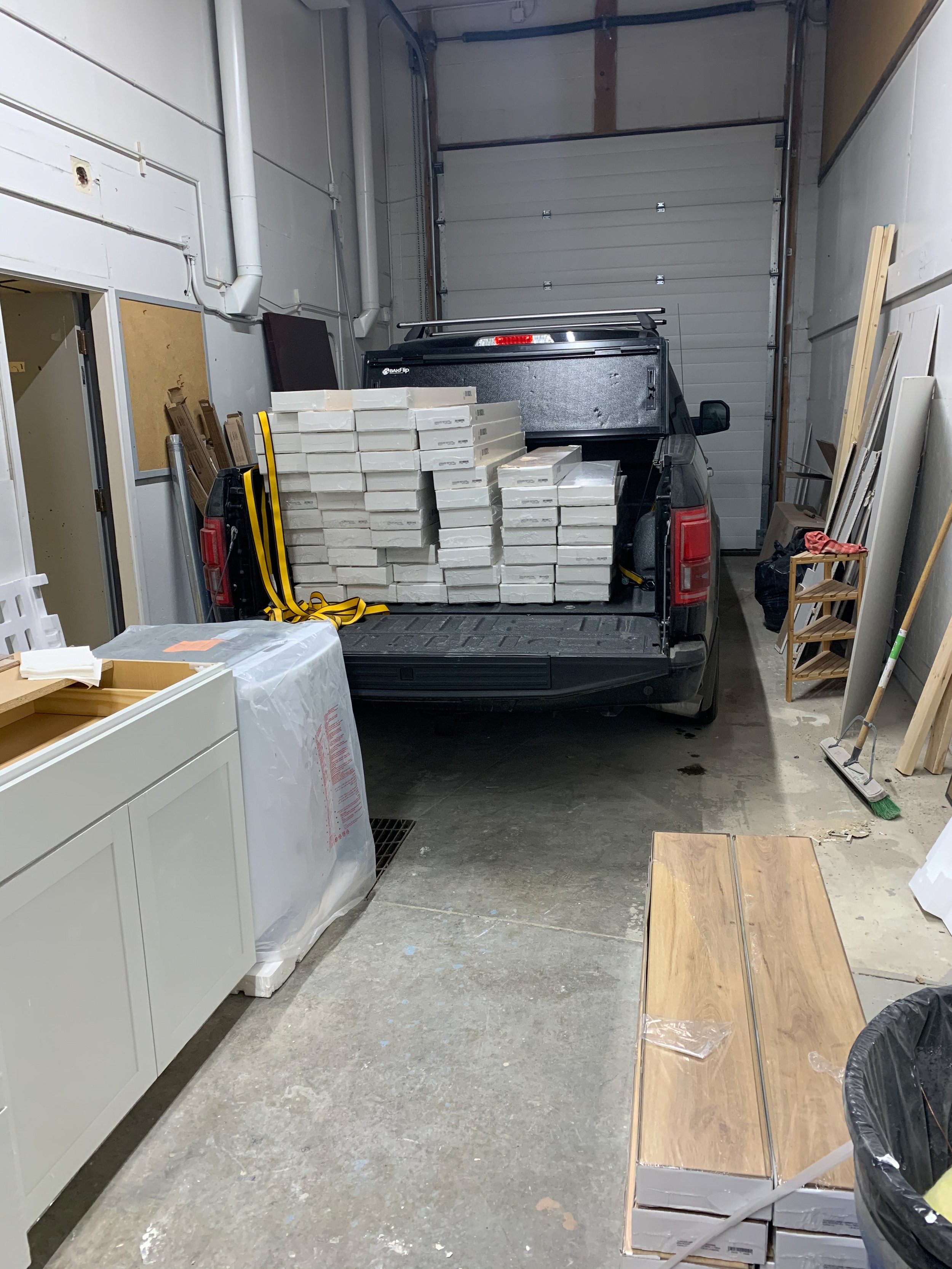



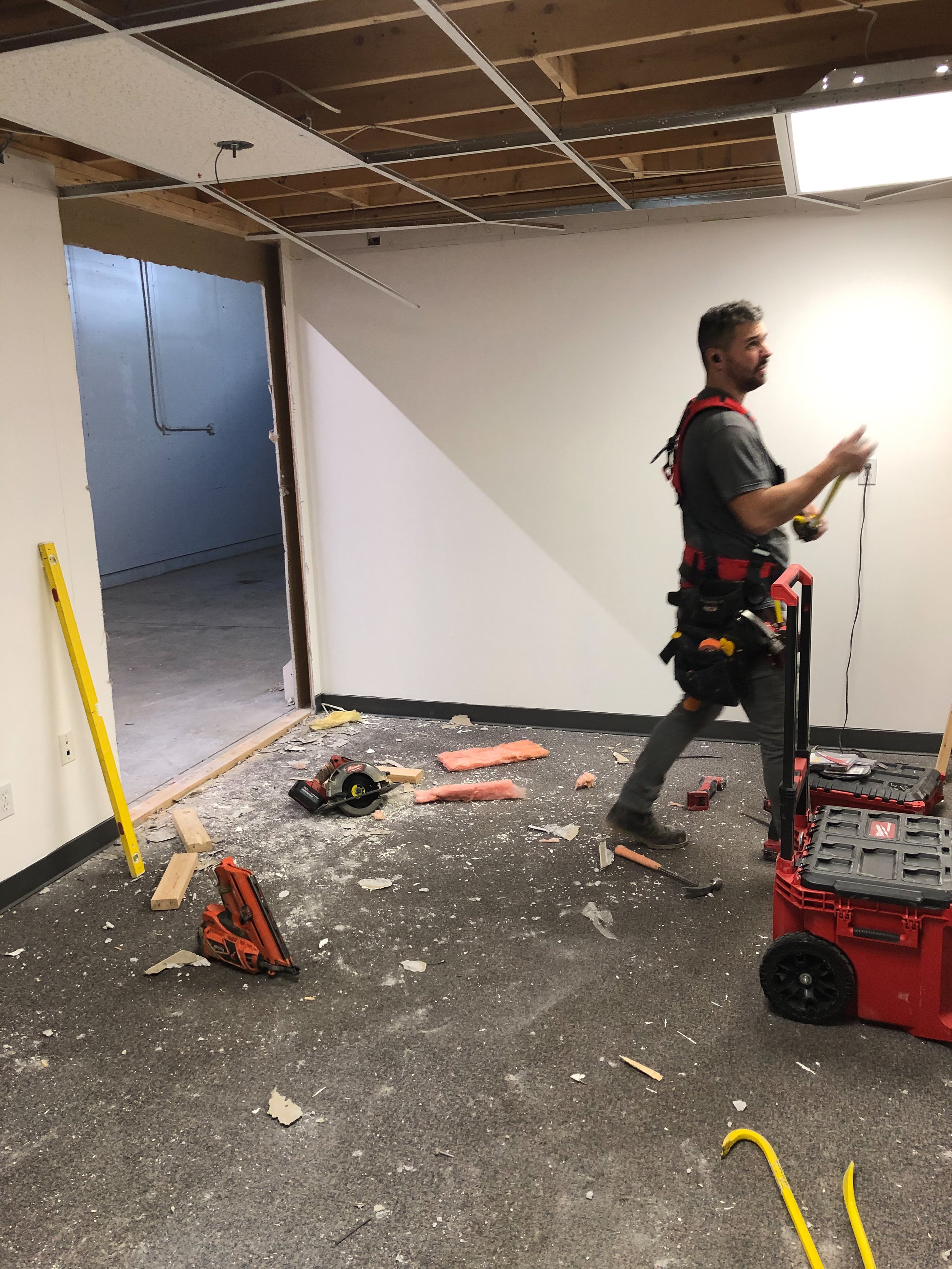



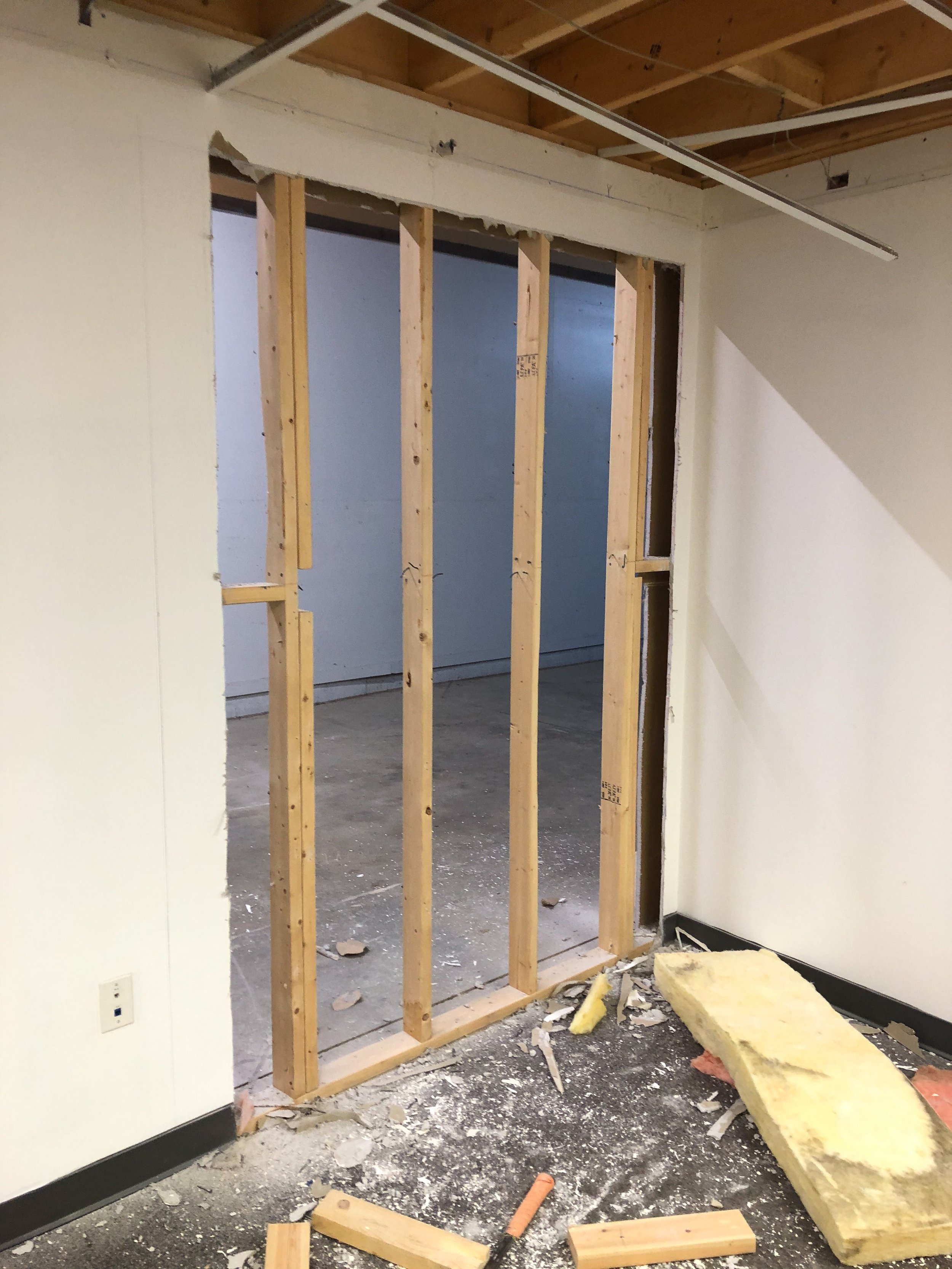
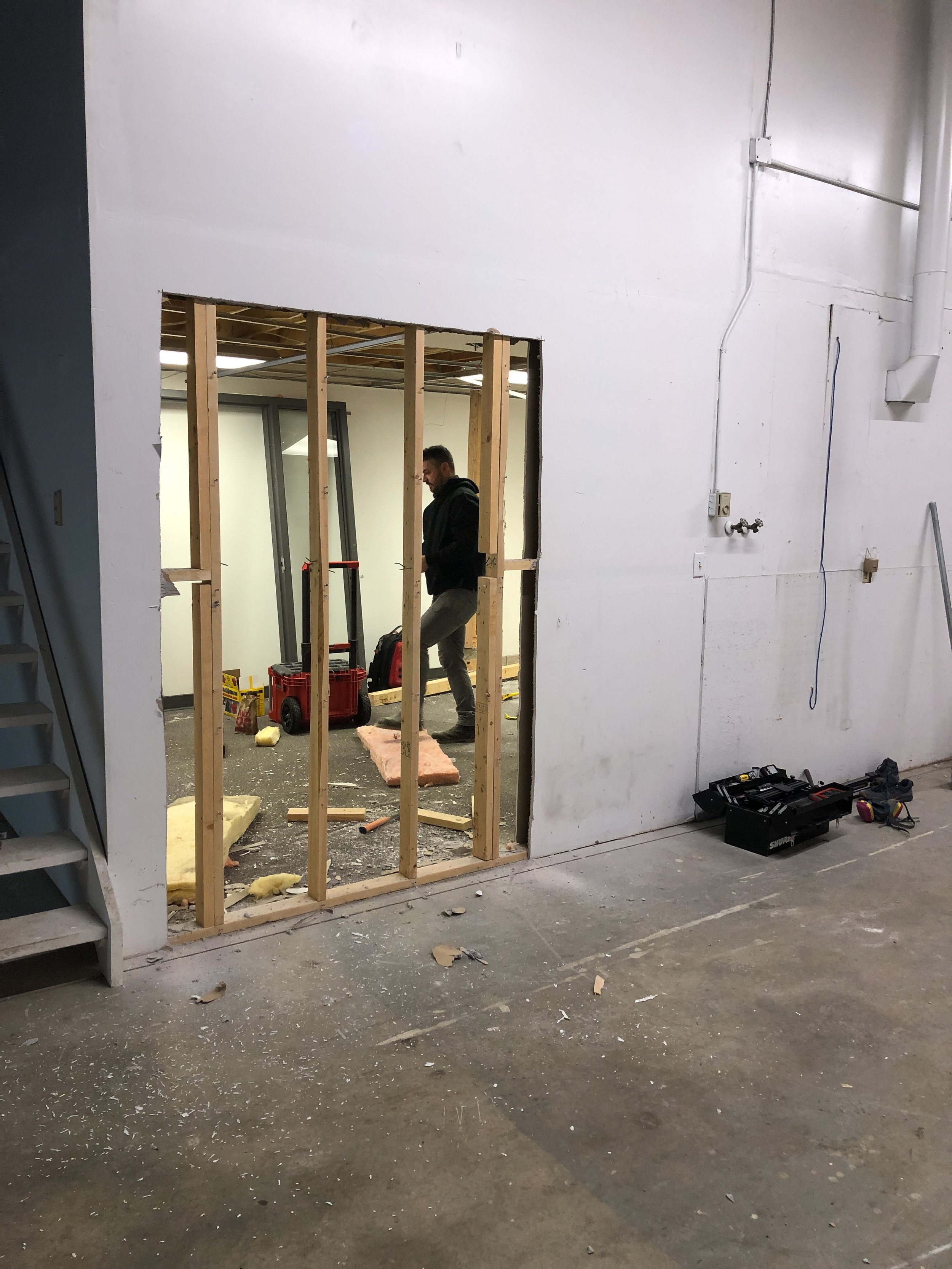
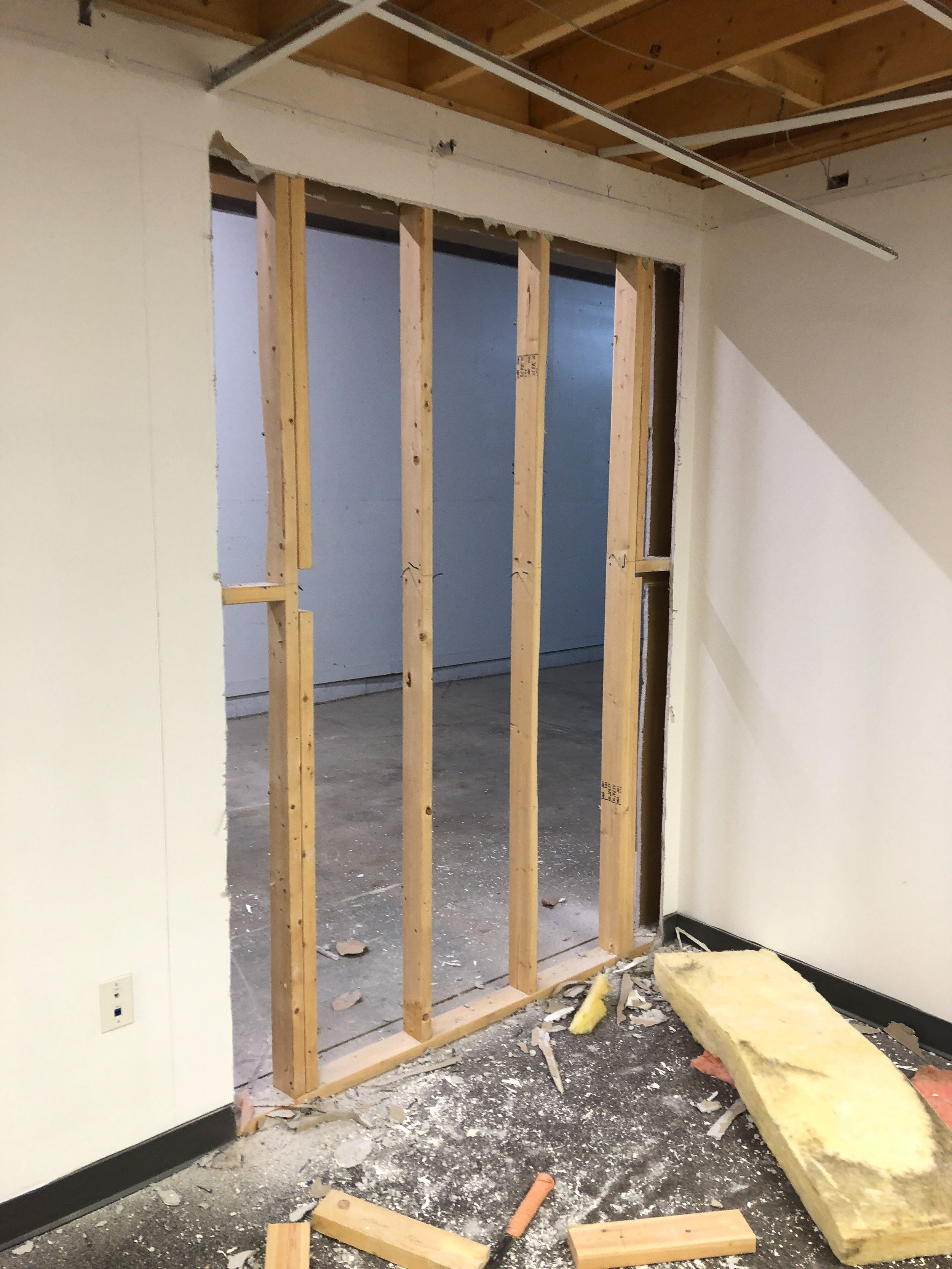

FRAMING
The framing was also kept to a minimum. Our project required a new window on the second floor to provide open access to the studio floor from the editing suite. We also framed a new door as mentioned above.
INSULATION
Two primary reasons insulation is essential are keeping the studio's temperature regulated and making heating and cooling more efficient. Still, more importantly, insulation is your most significant defence against sound isolation. Before we drywalled the ceiling, we sprayed expanding foam insulation into the roof. This procedure helped reduce any sound from the editing suite transferring to the office below and vice versa.
Reno Studio/Kitchen
ELECTRICITY
It's tough to have a studio without electricity. Our studio comes outfitted with a full-service electrical panel 200A 120/208V. Many Commercial bays may have to share a 200A panel with their neighbour, limiting your lighting setup for larger production. We all know the worst thing that can happen in the middle of filming is a tripped breaker.
Before we came into the building, the electrical layout in our office was quite a mess. We had to take some significant steps to clean up the wiring. These steps included testing and labelling existing circuits and, in some cases, completely rewiring and running new circuits.
Where plugs and light switches play a massive role in ensuring that you aren't running long cables through the studio space and that electrical outlets are readily accessible to workstations.
FINISHING
This is what makes a house a home or, in this case, a box an office studio. After the mud and the tape dries, painting, flooring, baseboards, lighting fixtures and furniture. Good finishing is everything and can't be rushed! This will make your space livable and comfortable, so make sure you pay special attention to this step.
COMMUNICATION
Our office/studio hybrid is outfitted with a world-class server network giving all our employees a 10Gbs Ethernet connection. This server allows anyone connected to collaborate in real-time on the same project. This means that each user can be working on a specific aspect of the edit simultaneously. One user can be working on the rough edit, another on the sound design, another on colour, etc., all in real-time.
SOUND TREATMENT
Audio is critically important when creating high-quality videos. When recording in a large or even small room. Hard parallel surfaces can cause a phenomenon commonly known as "flutter echo." This occurs when the sound emitted from a source bounces between two parallel hard surfaces. You can really hear this echo in an empty racquetball court,
The traditional remedy for this audio problem is Acoustic Treatment or Sound Treatment. This treatment is not a replacement for soundproofing, which isolates the sound from transferring in or out. This treats the room to help guard against the nasty flutter echo.
VISUAL TREATMENT
Controlling the visual aspects of your studio space is critically important. We took some simple steps to make sure we could handle every aspect of our studio lighting. By painting every surface of the studio matte black, we ensure that there are no errant light reflections.
I hope this guide helps you in your office studio build. Building a new workspace can be immensely rewarding when you take the time to properly plan each step. Remember that each building will come with its own quirks, especially if you are retrofitting an existing building and not building from scratch. But it's completely worth it to have access to a studio space 24/7. You can take your time, take risks, practice and learn new skills without fear of judgement or you be constantly be checking your watch to ensure you're not going over time.






